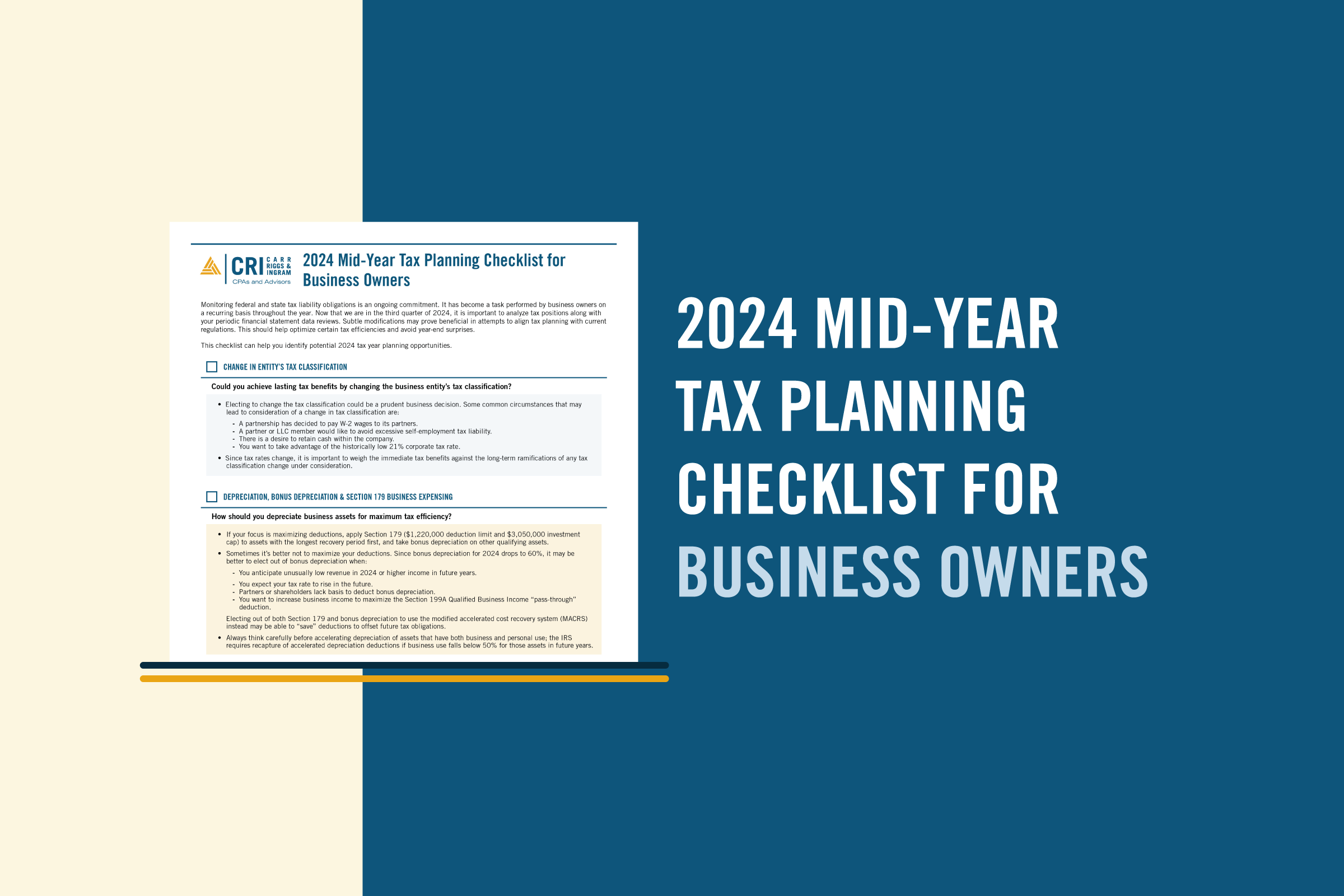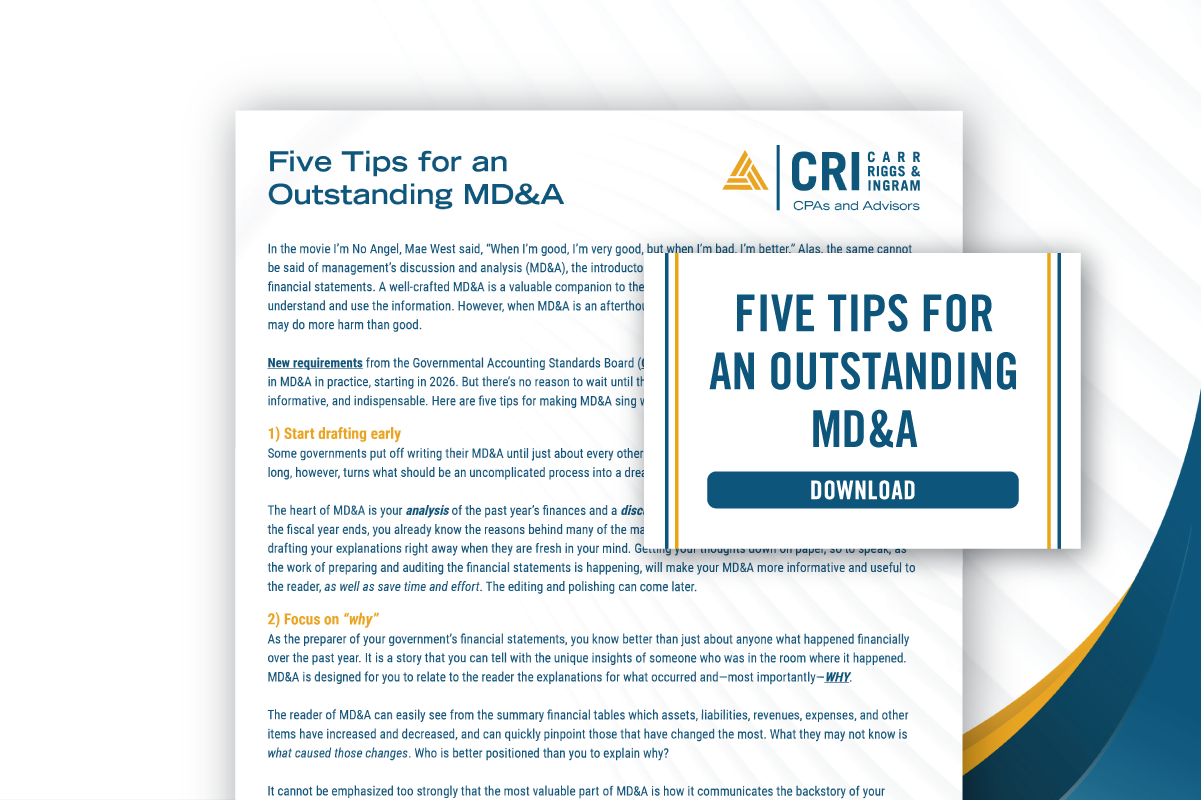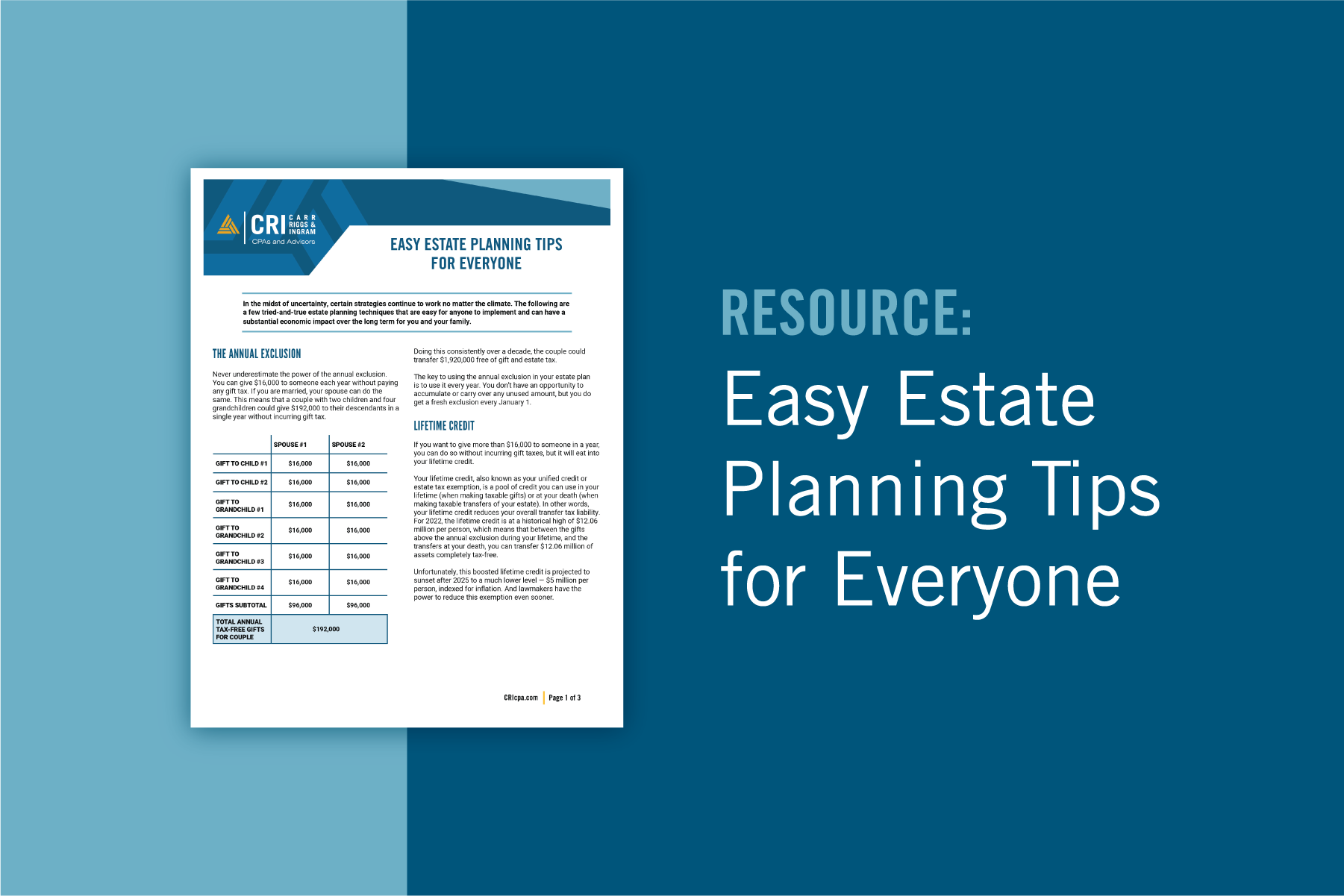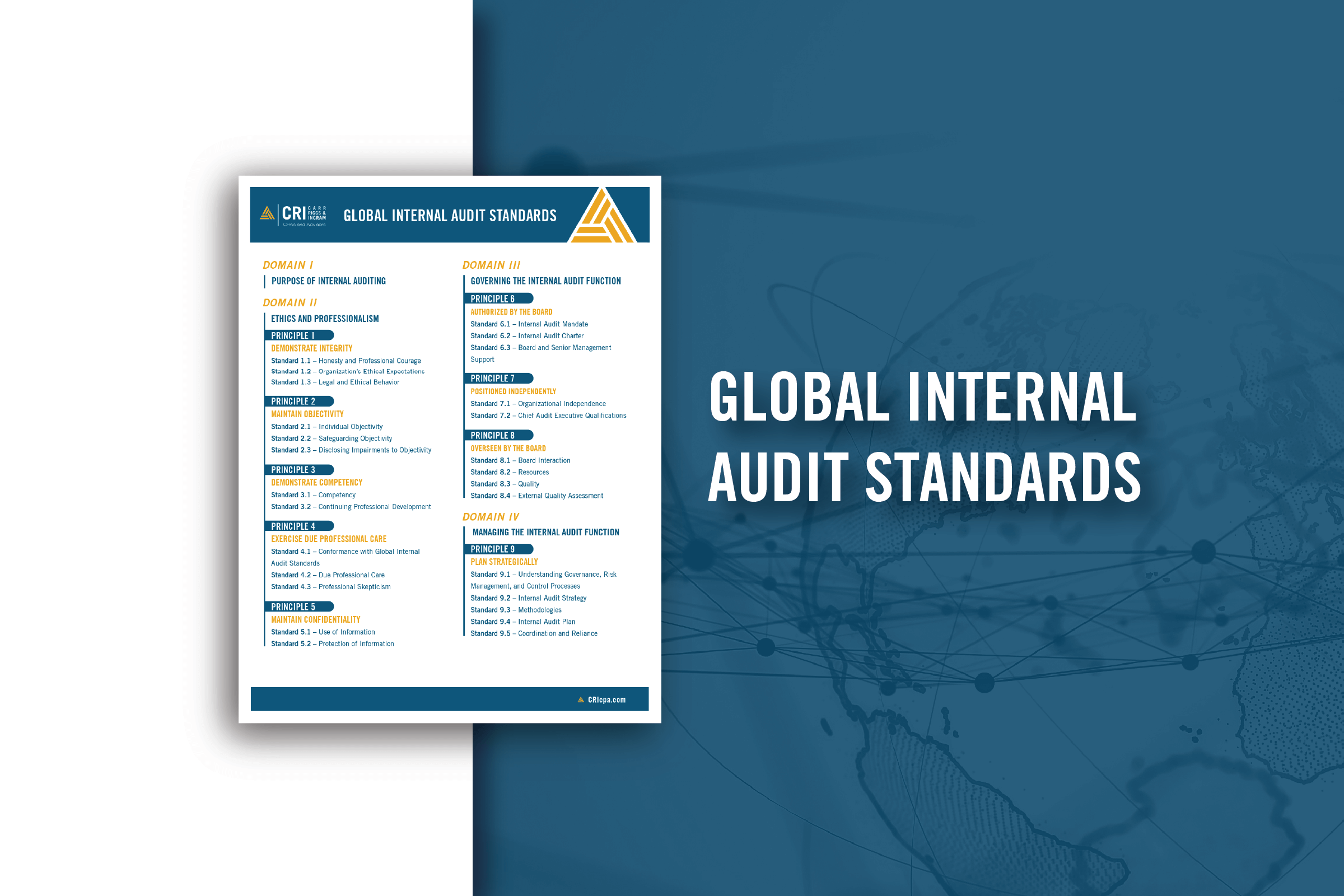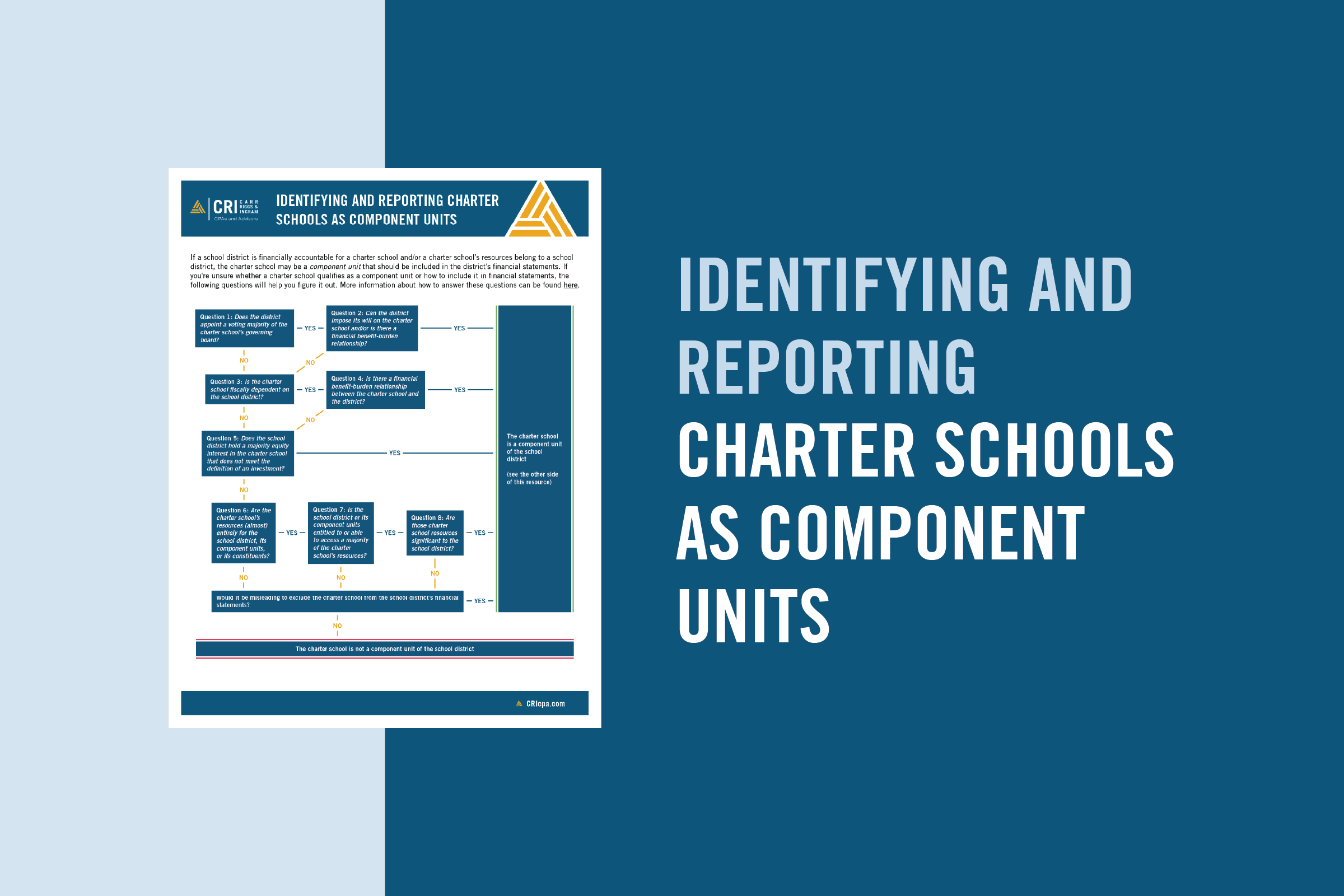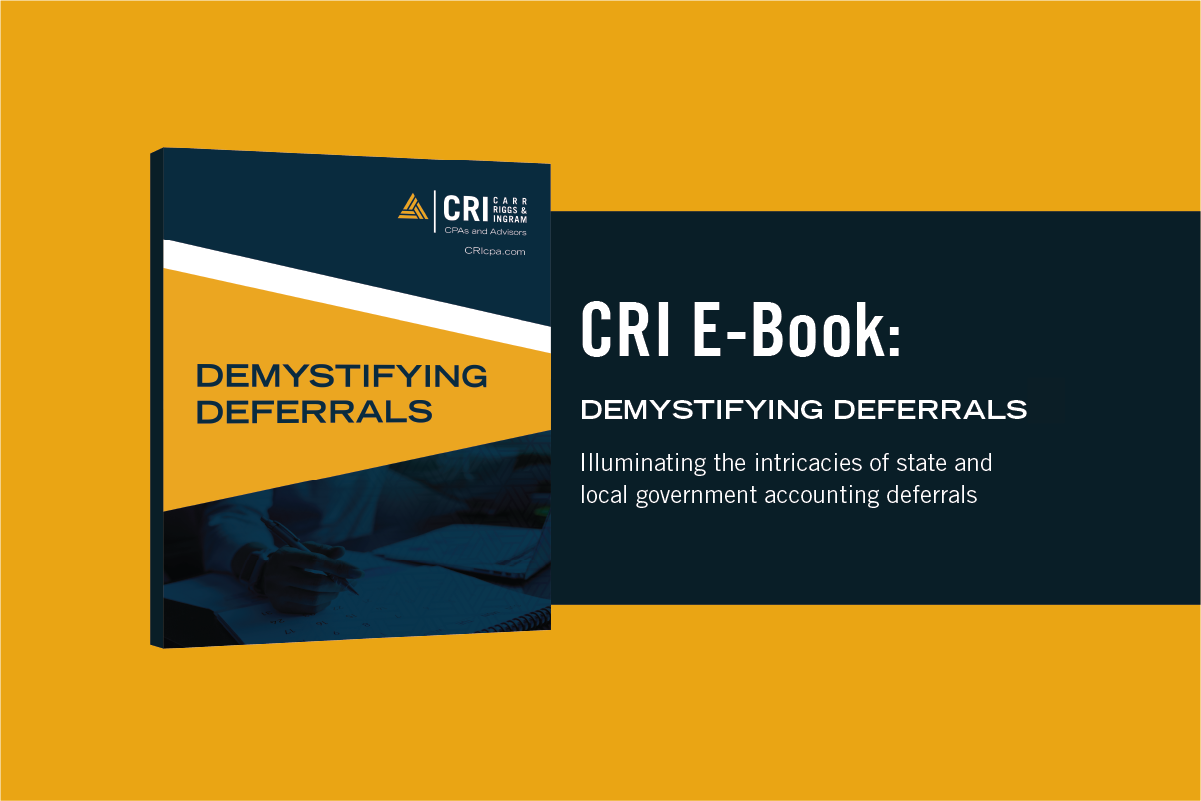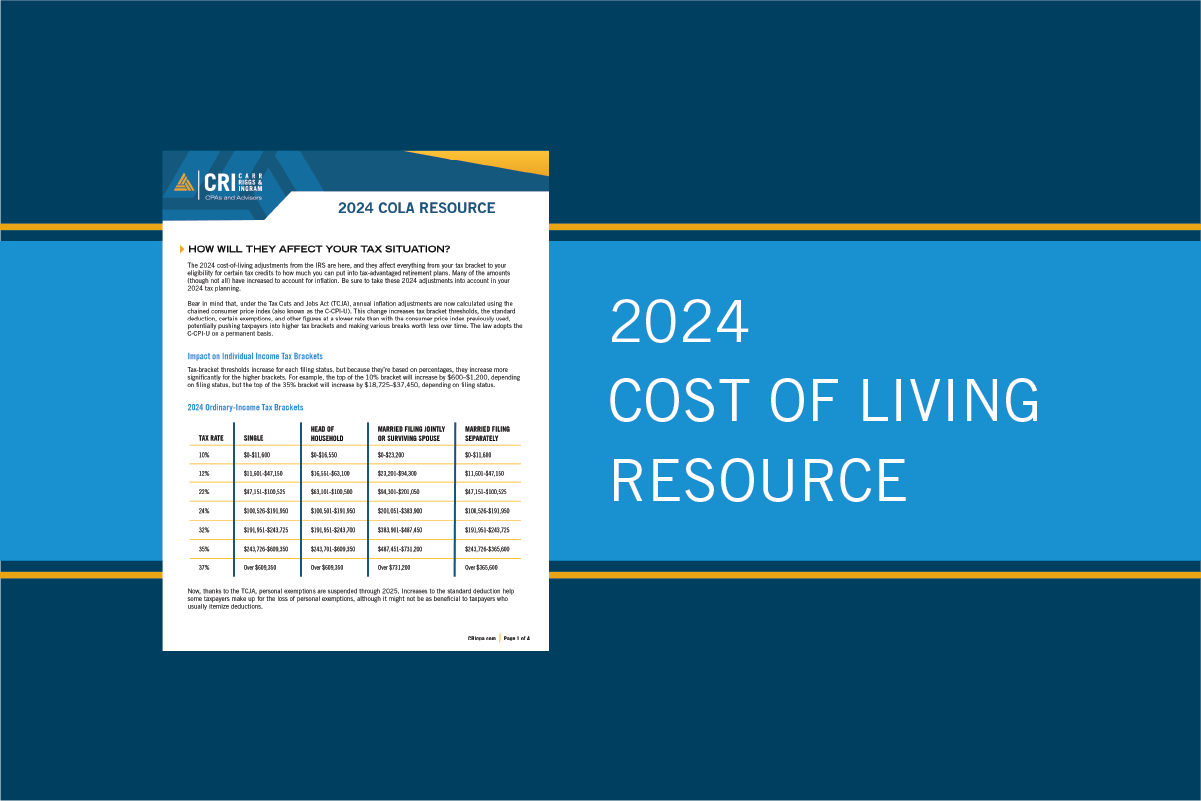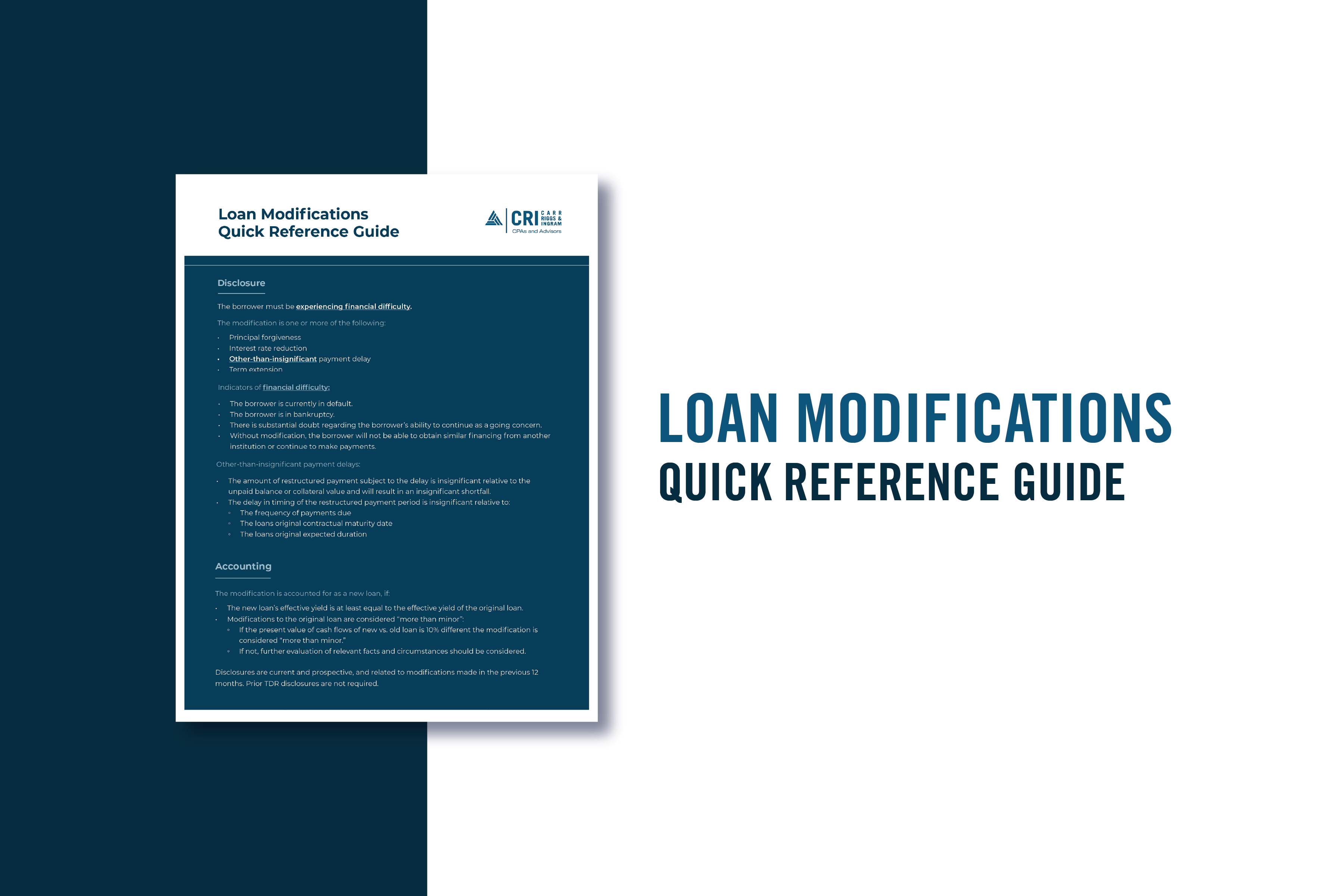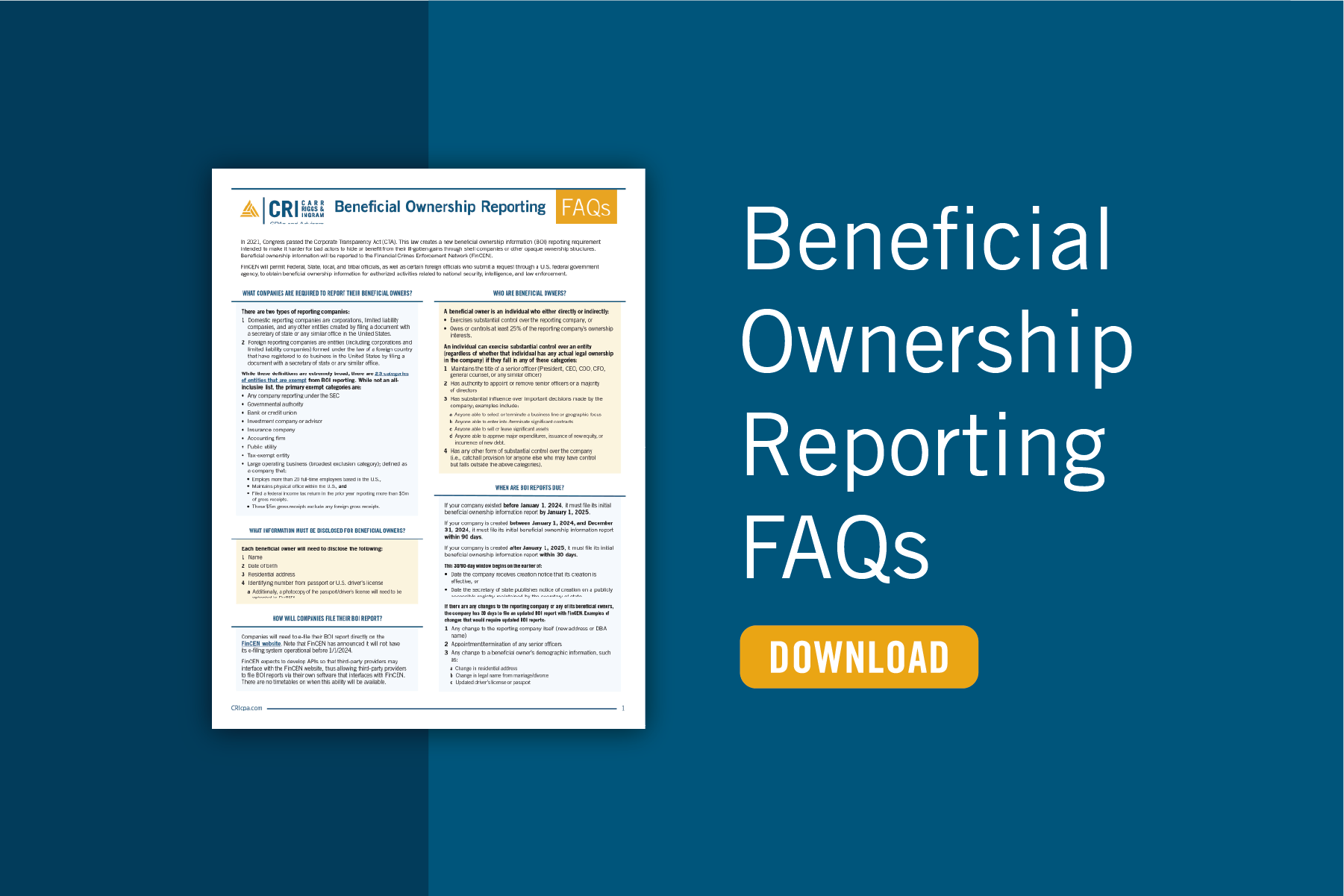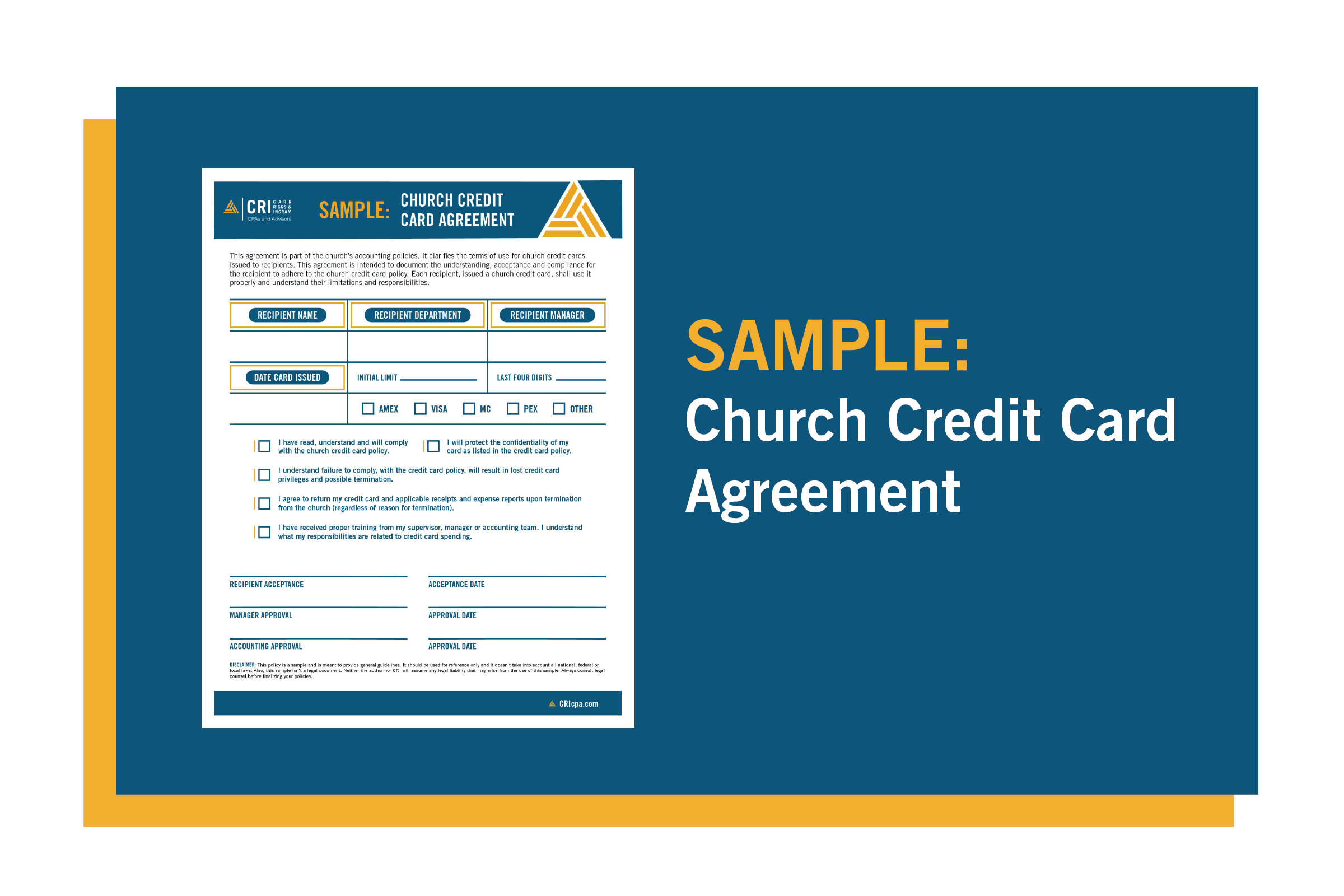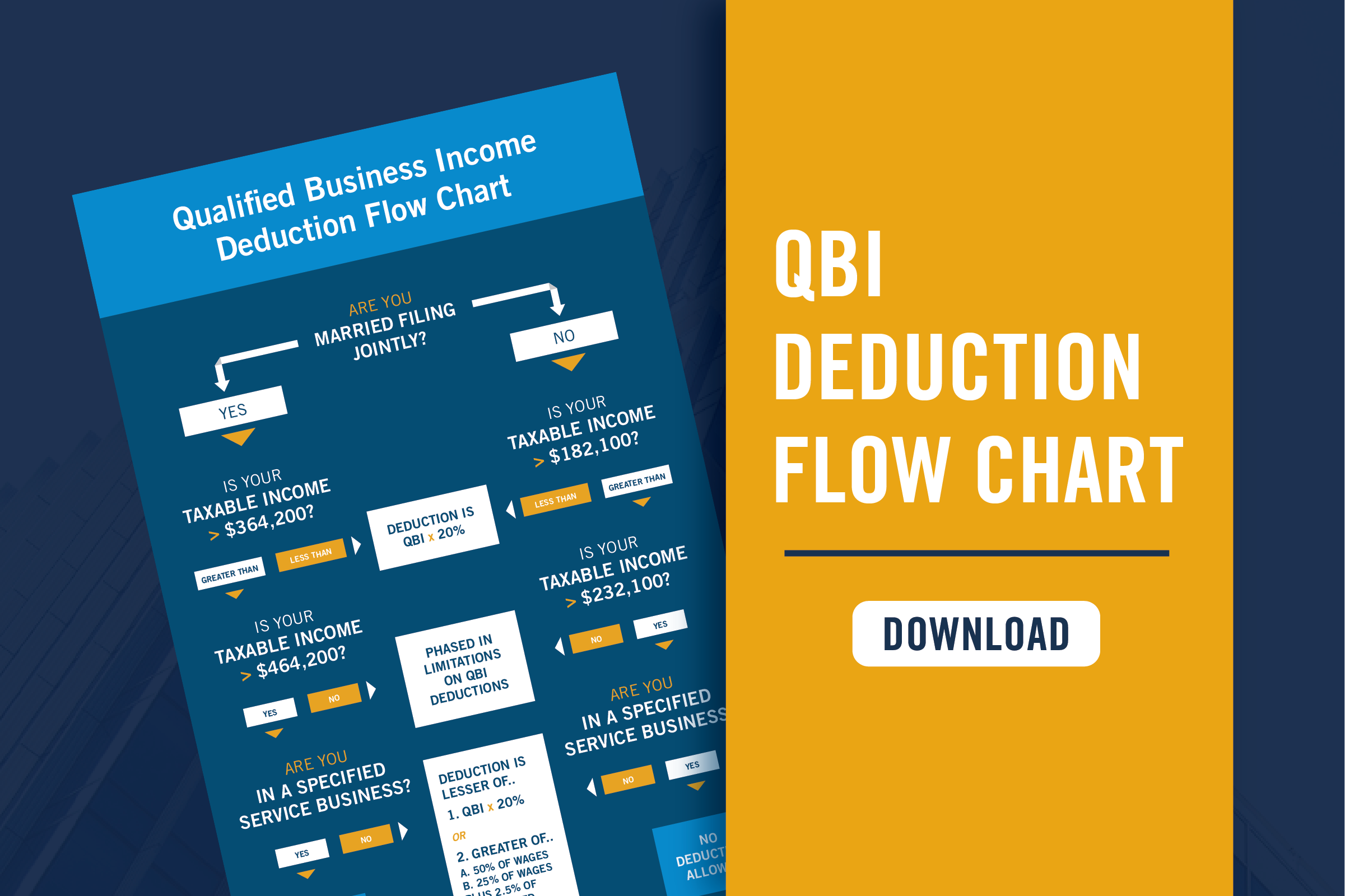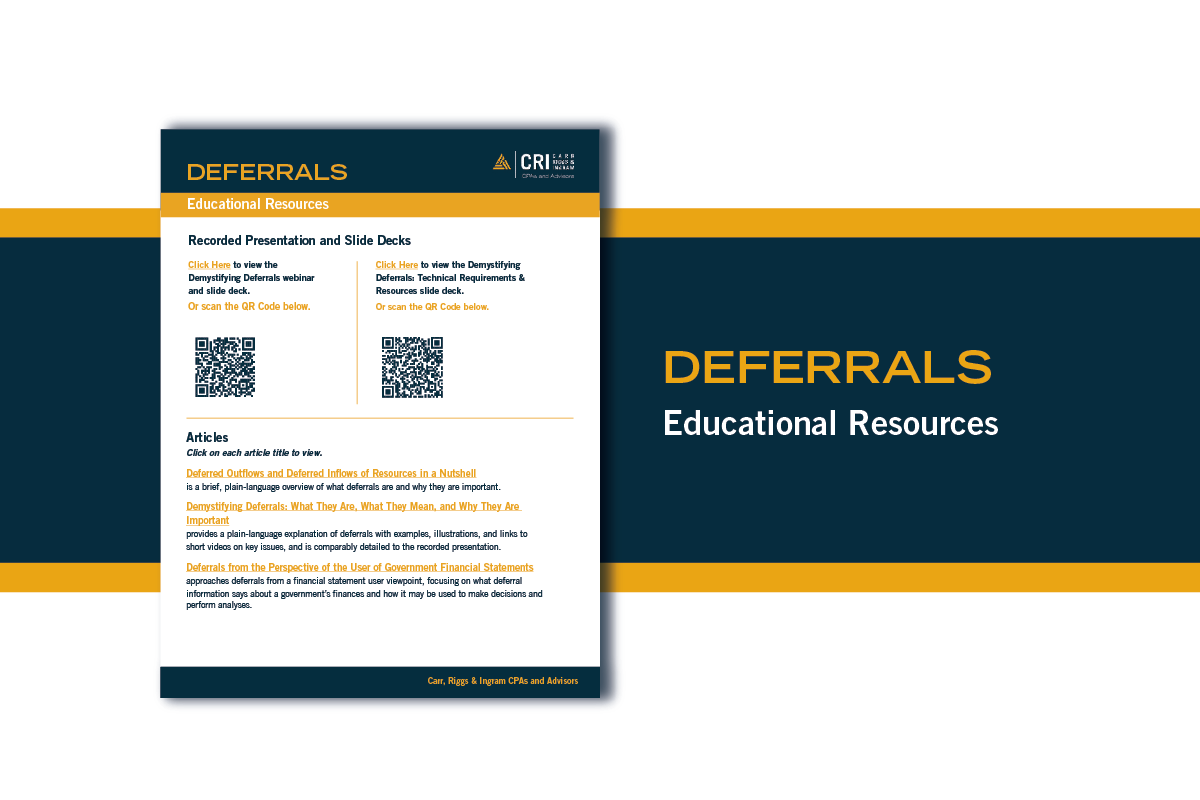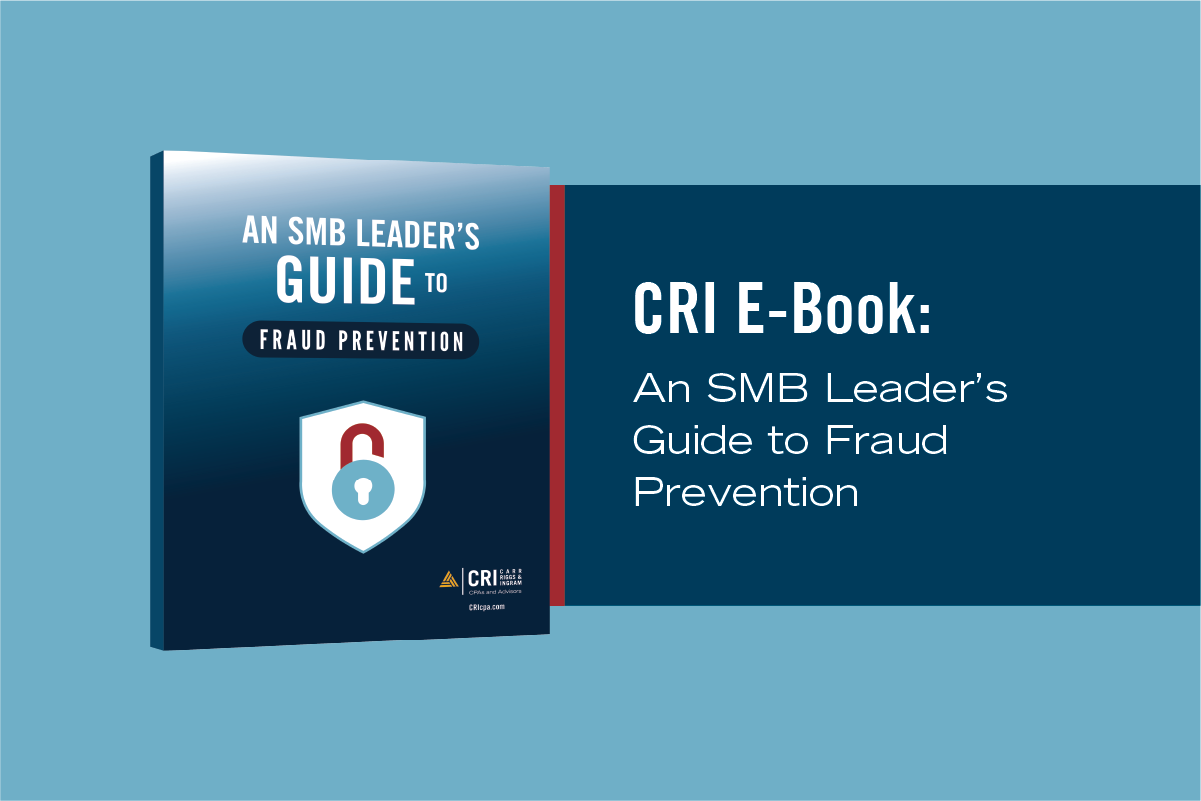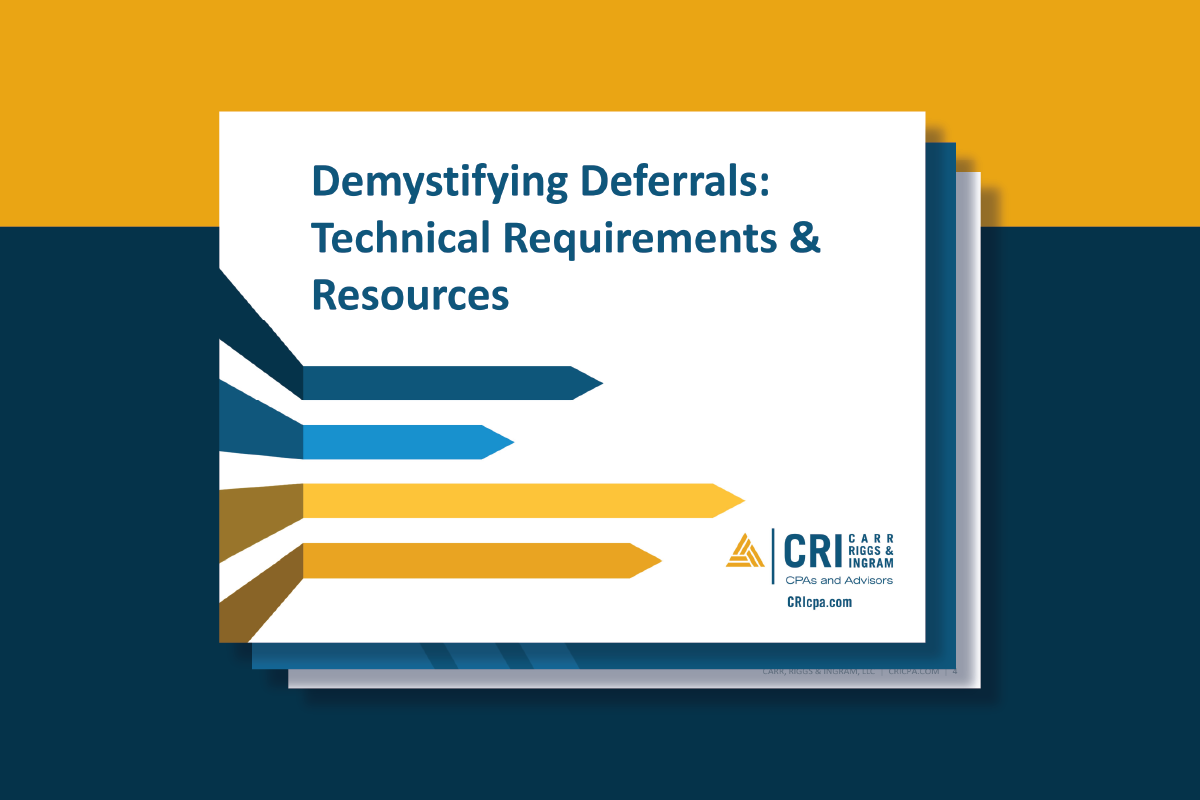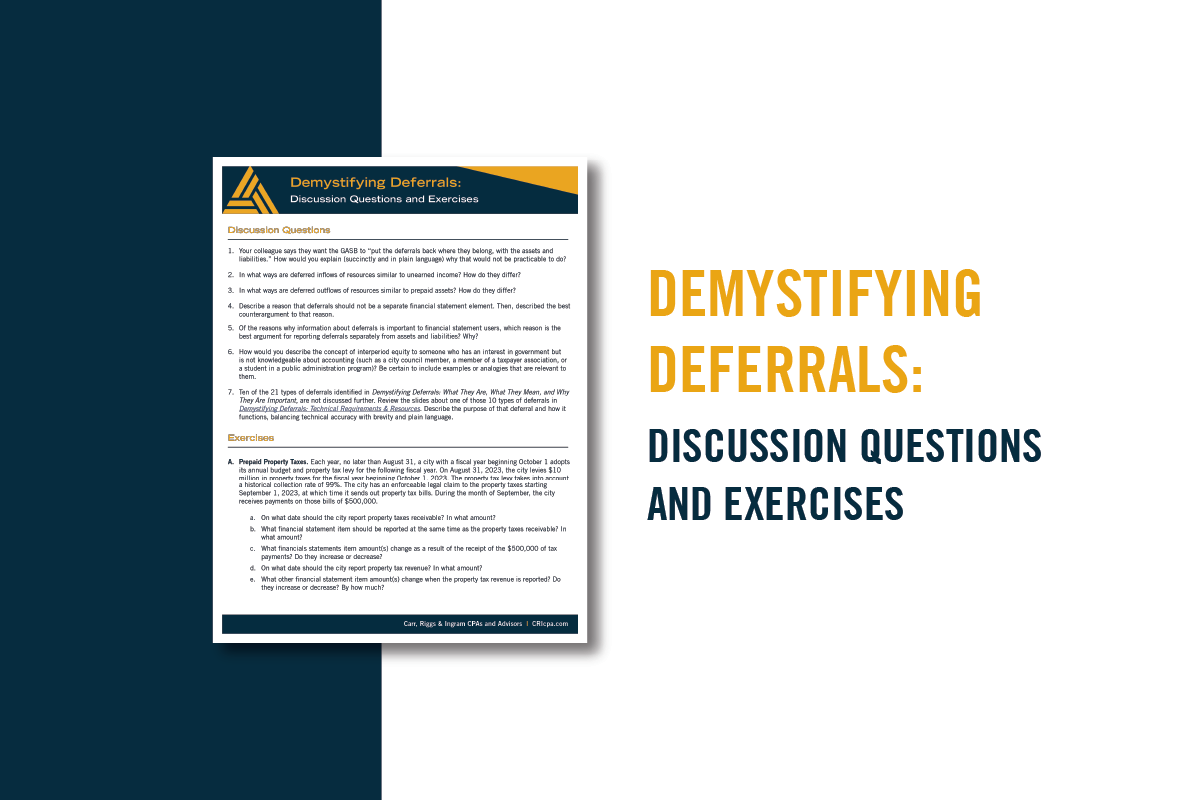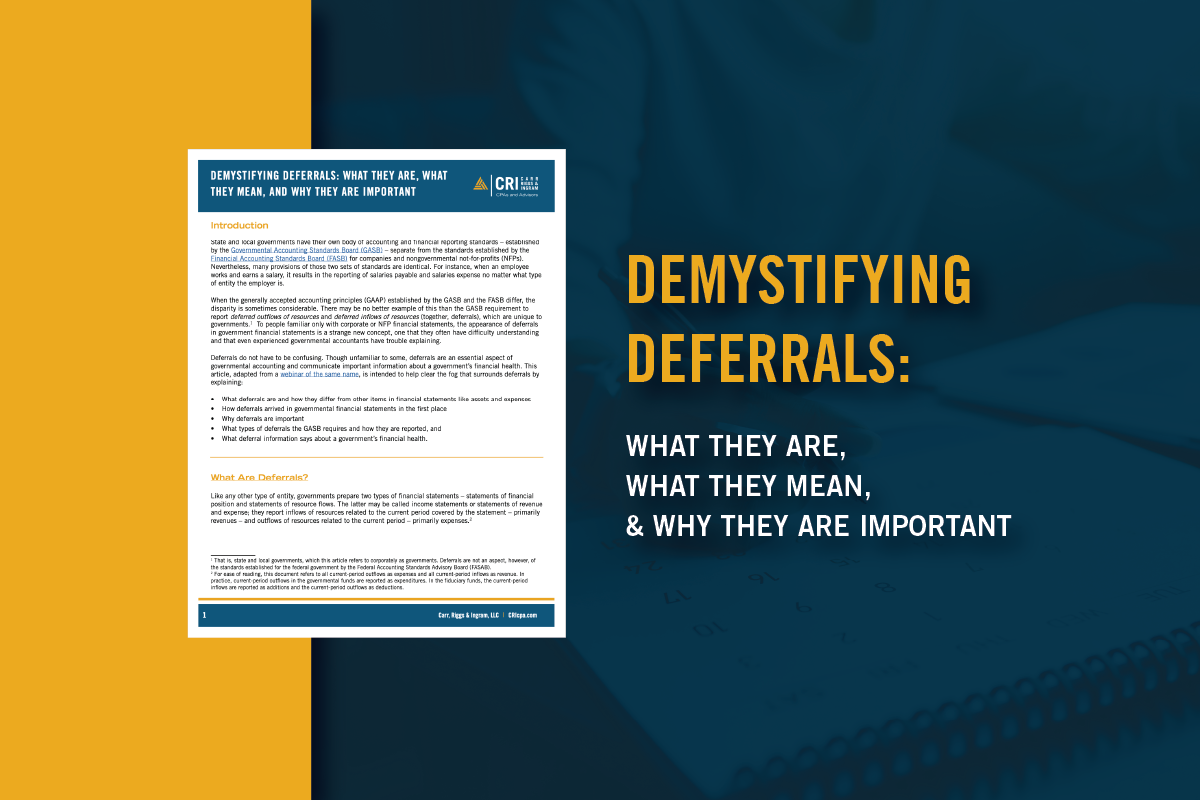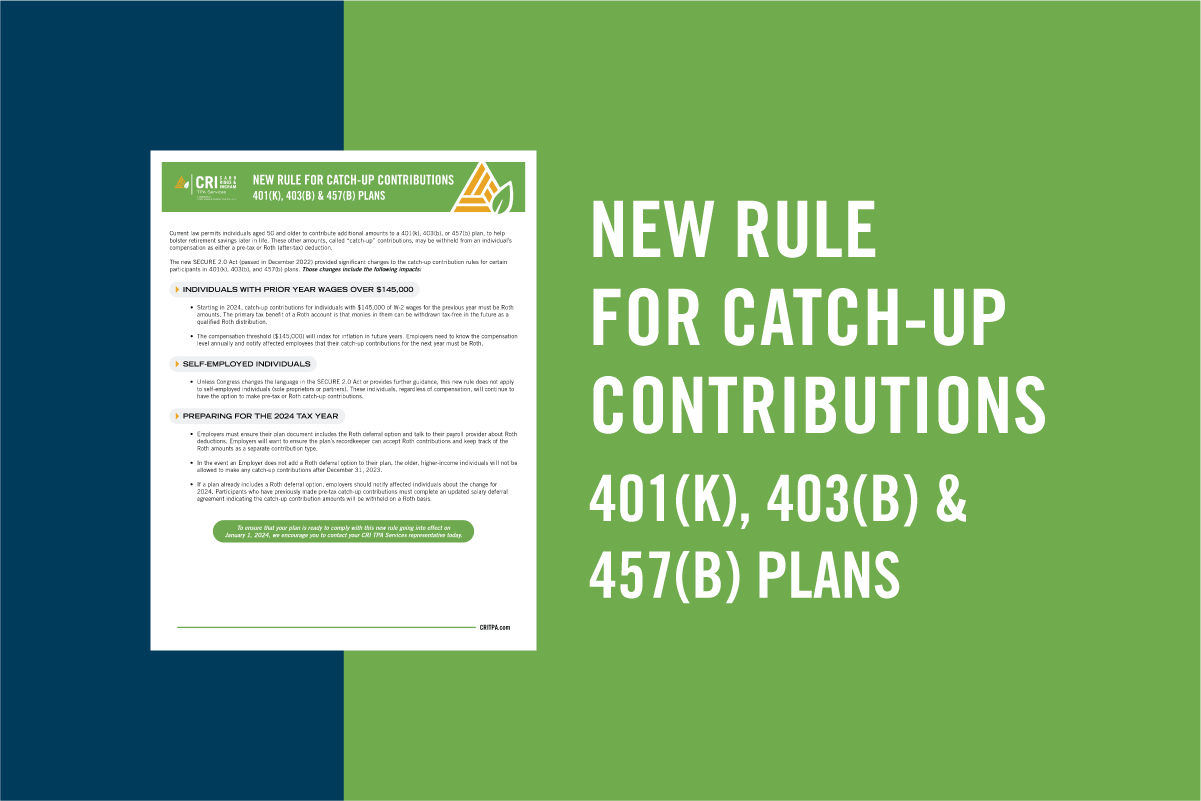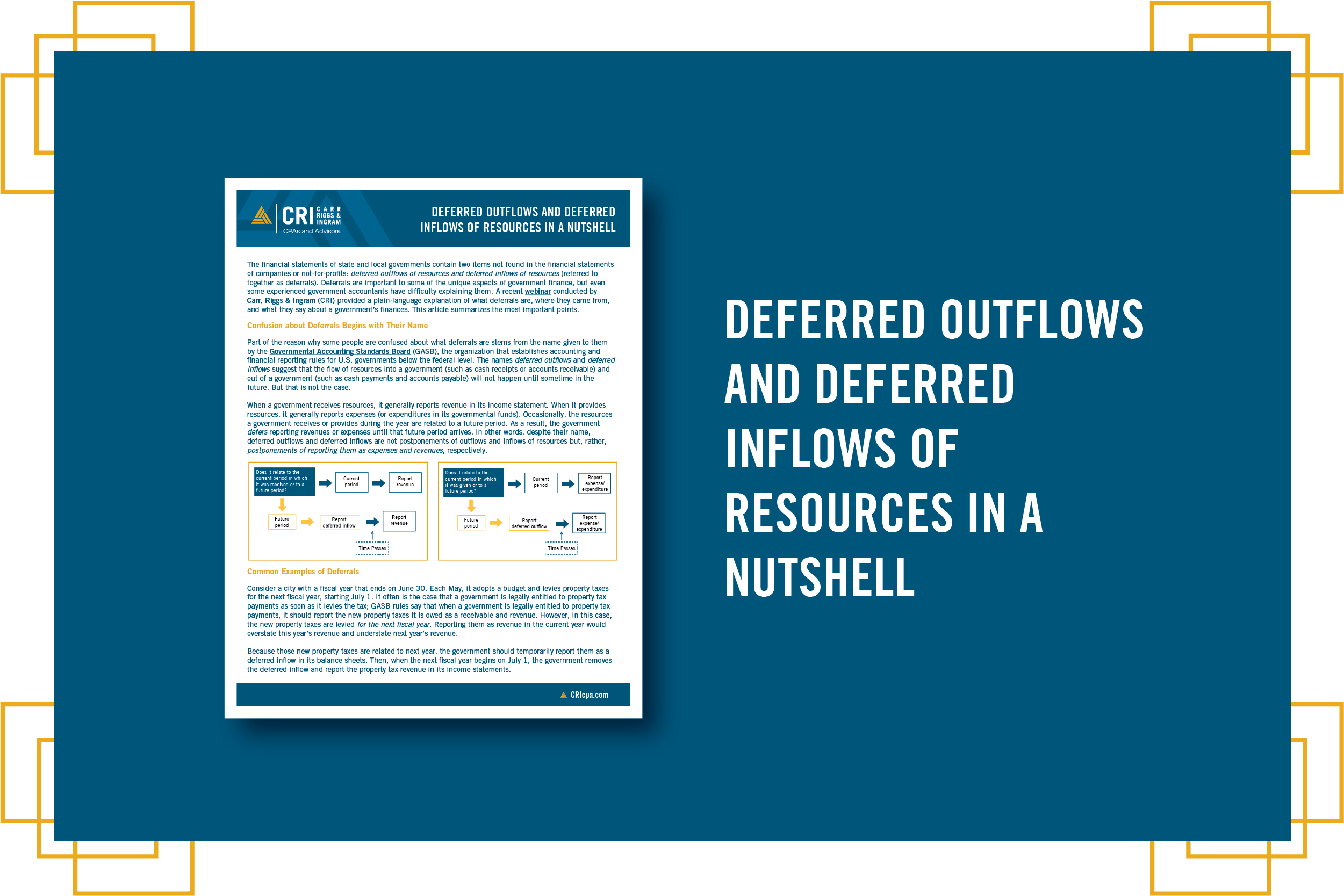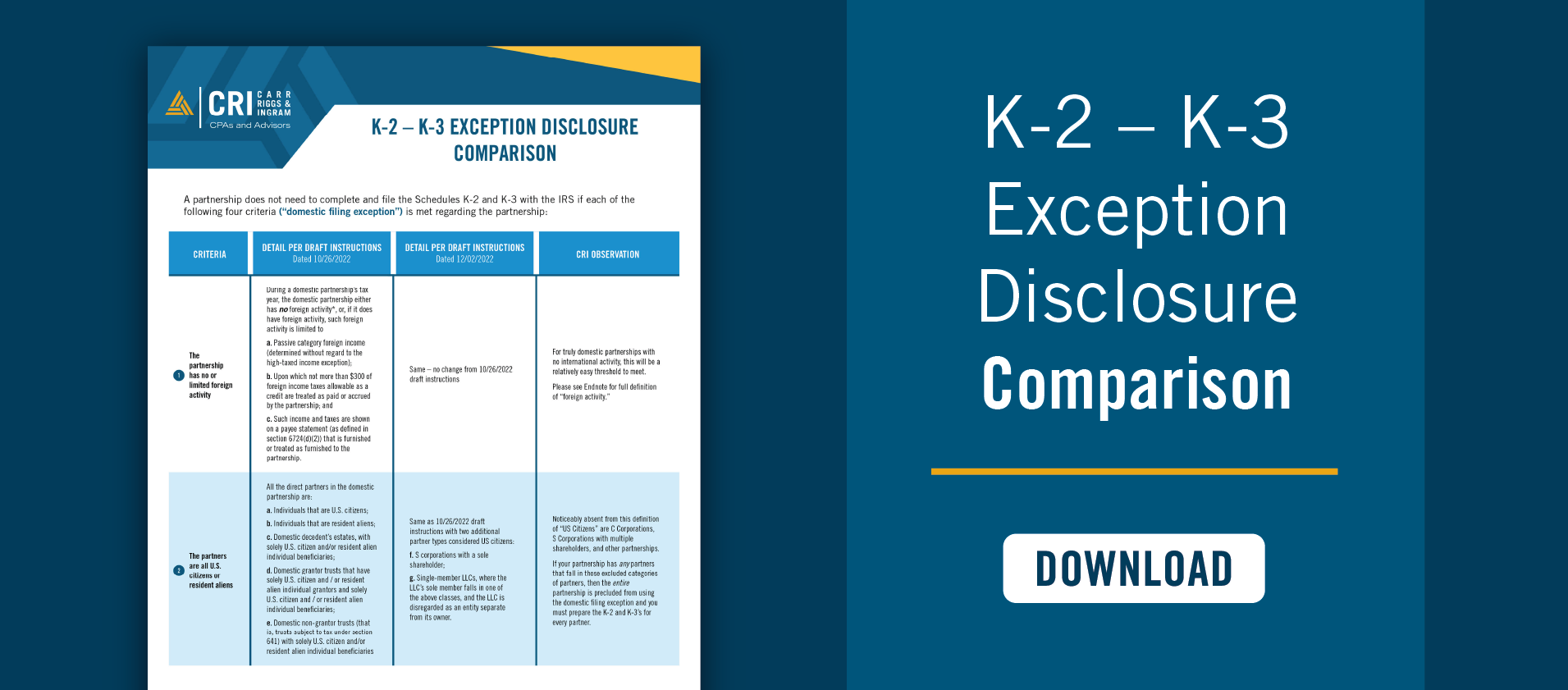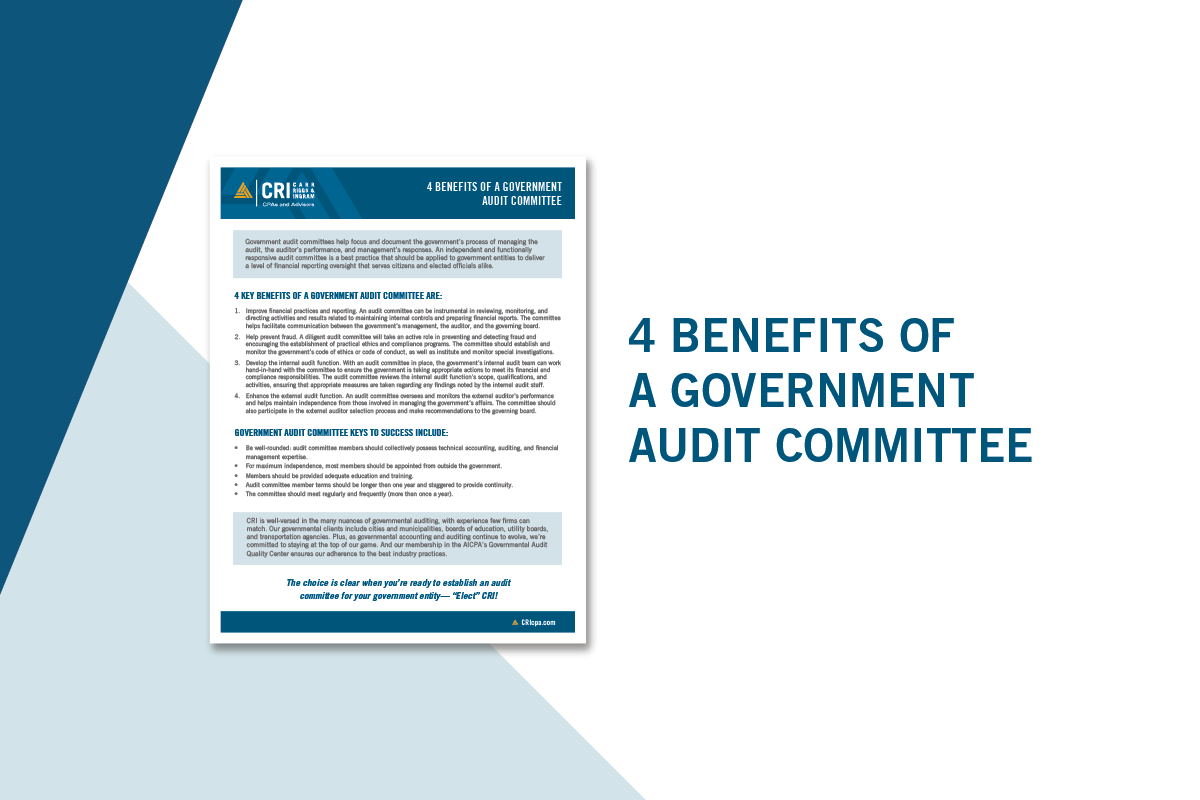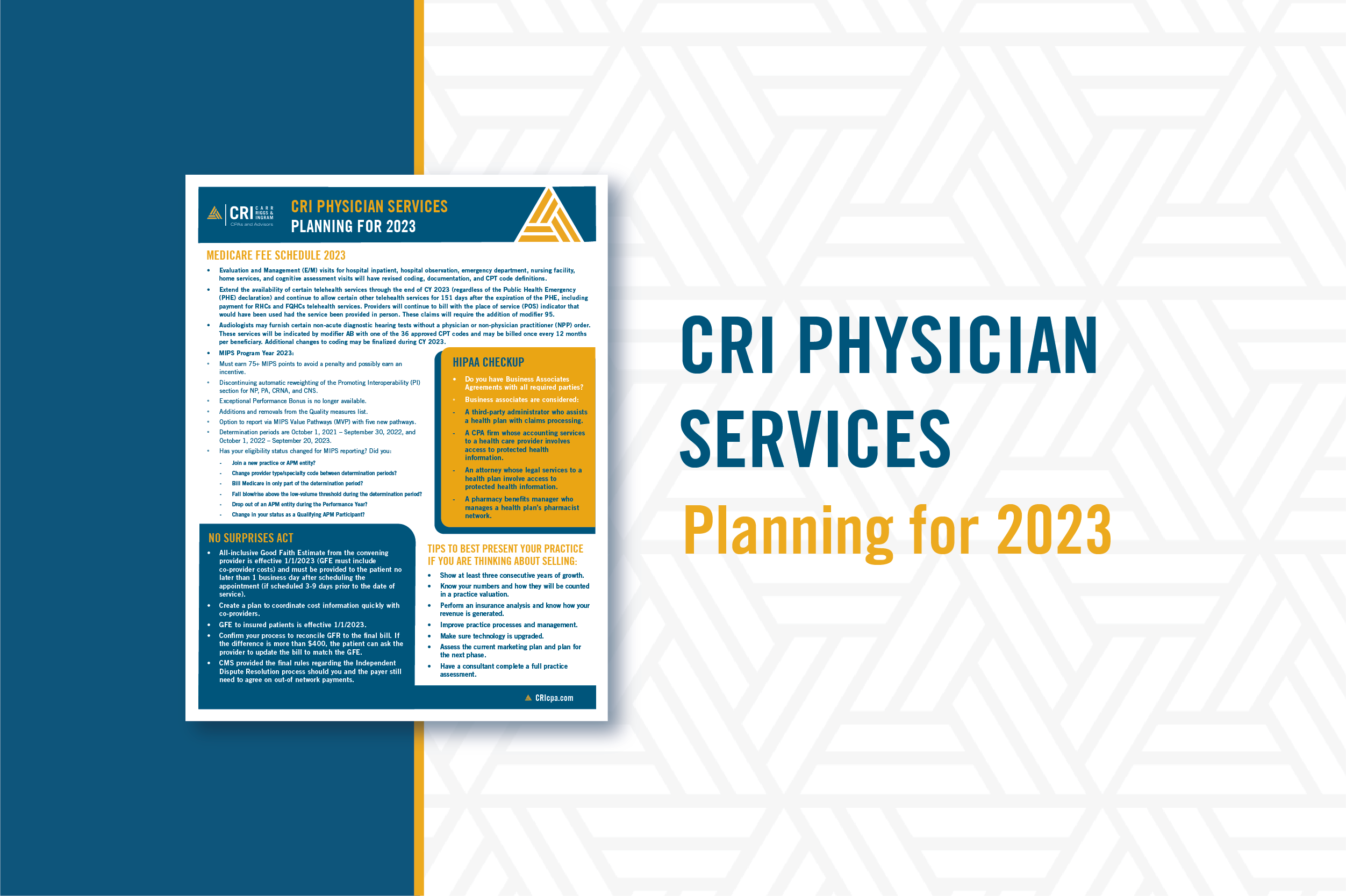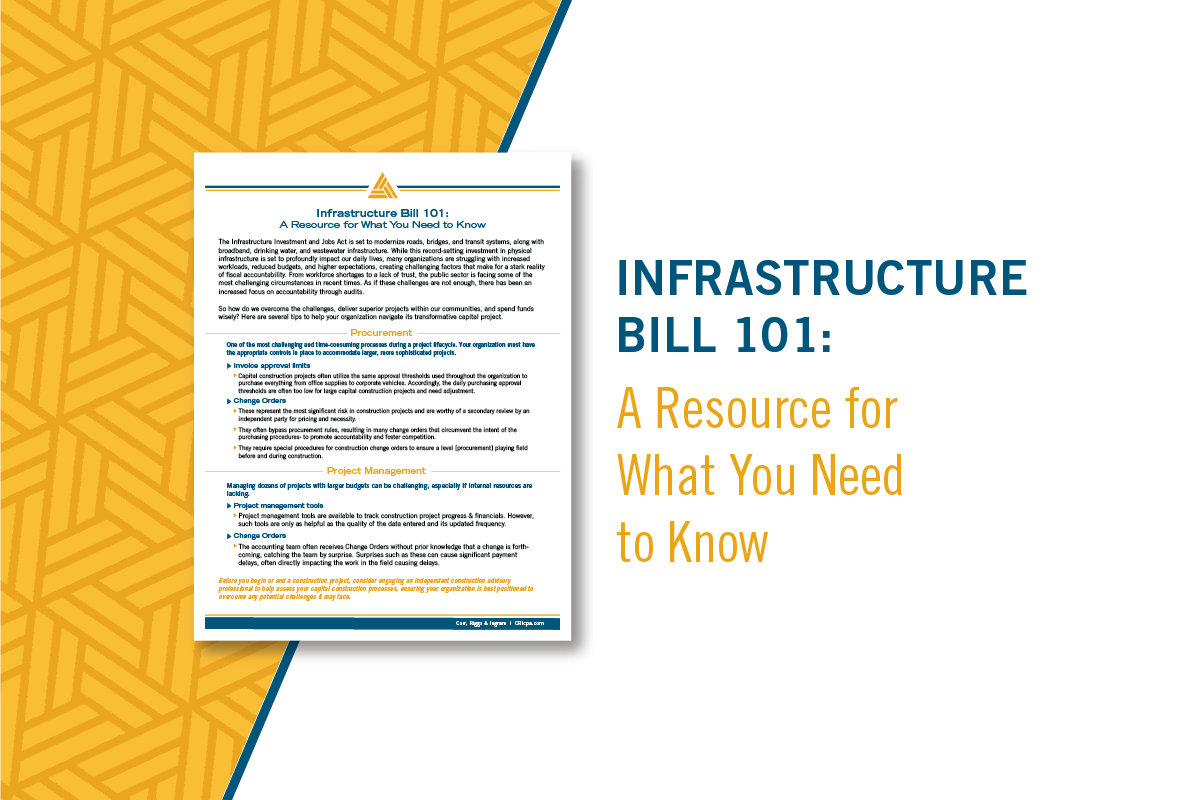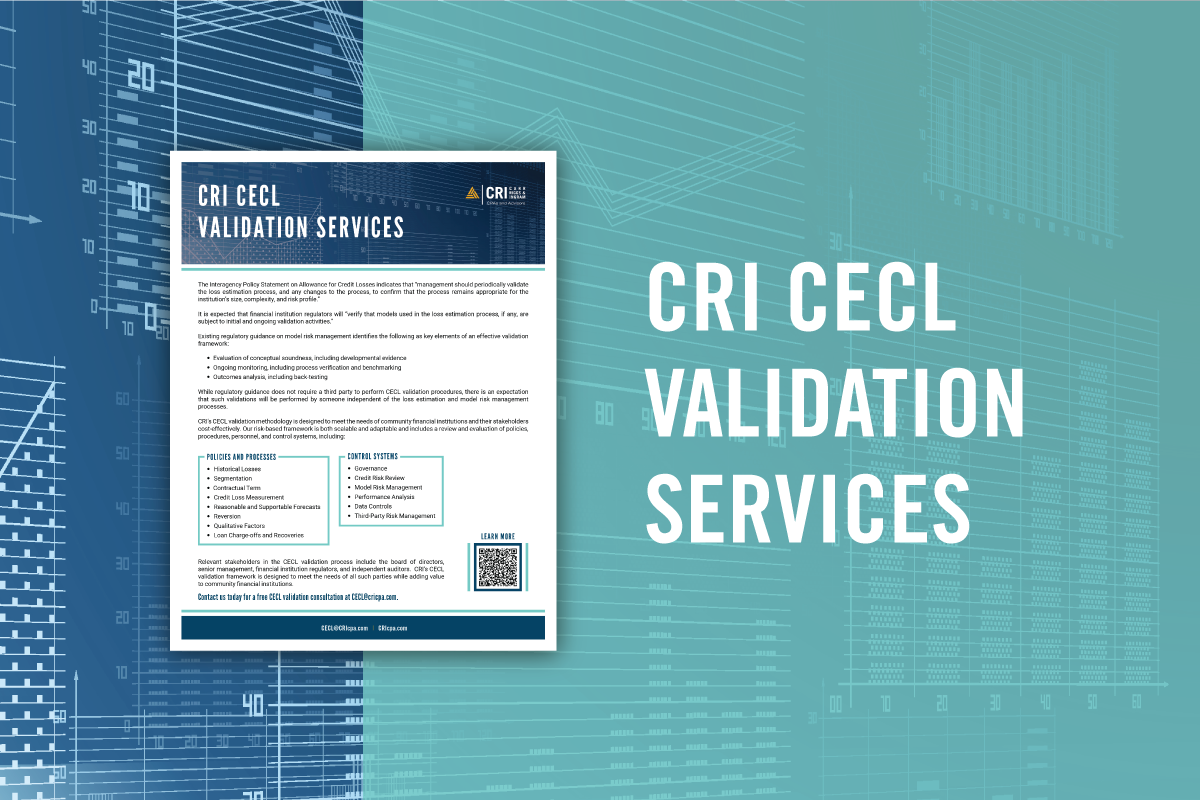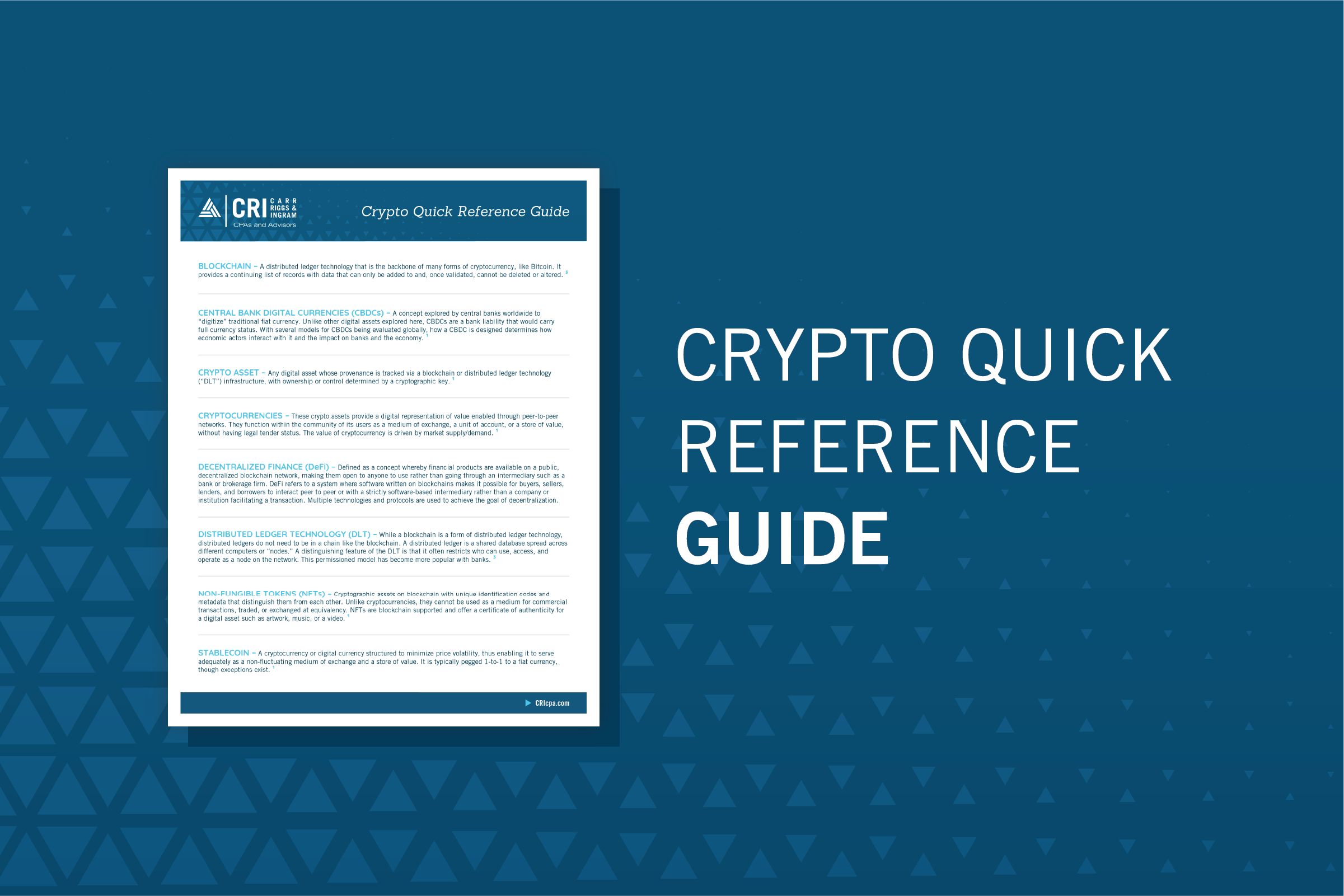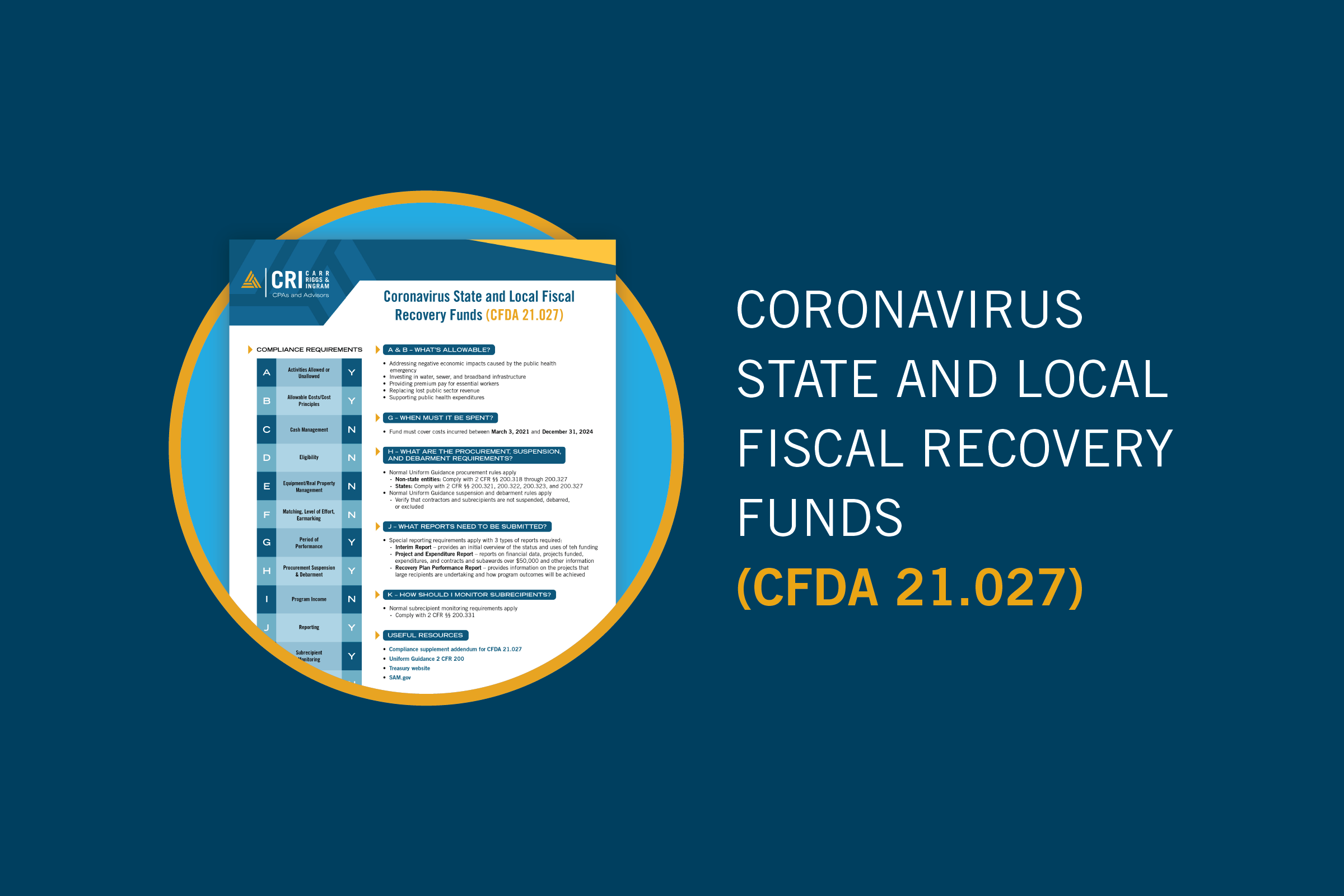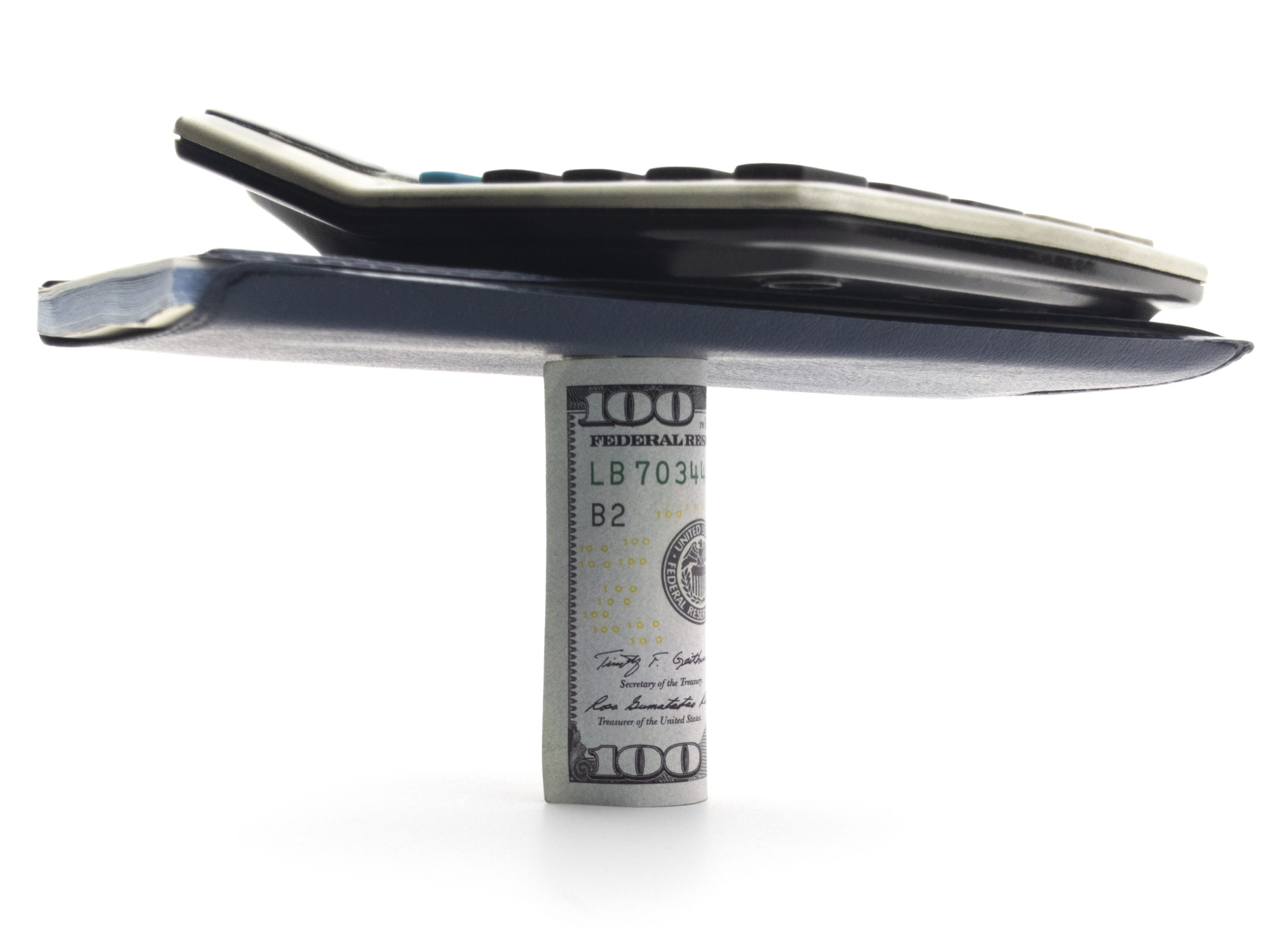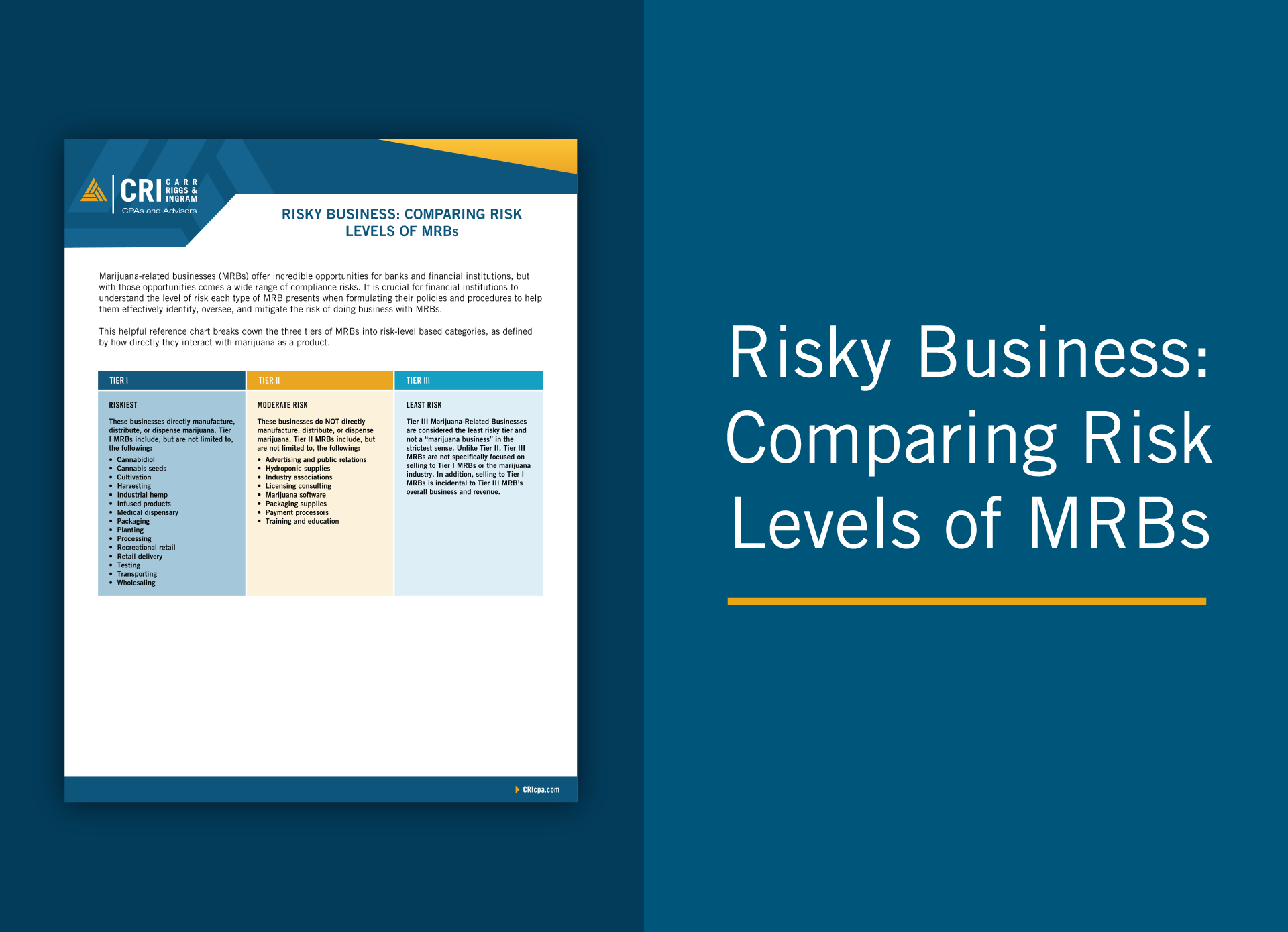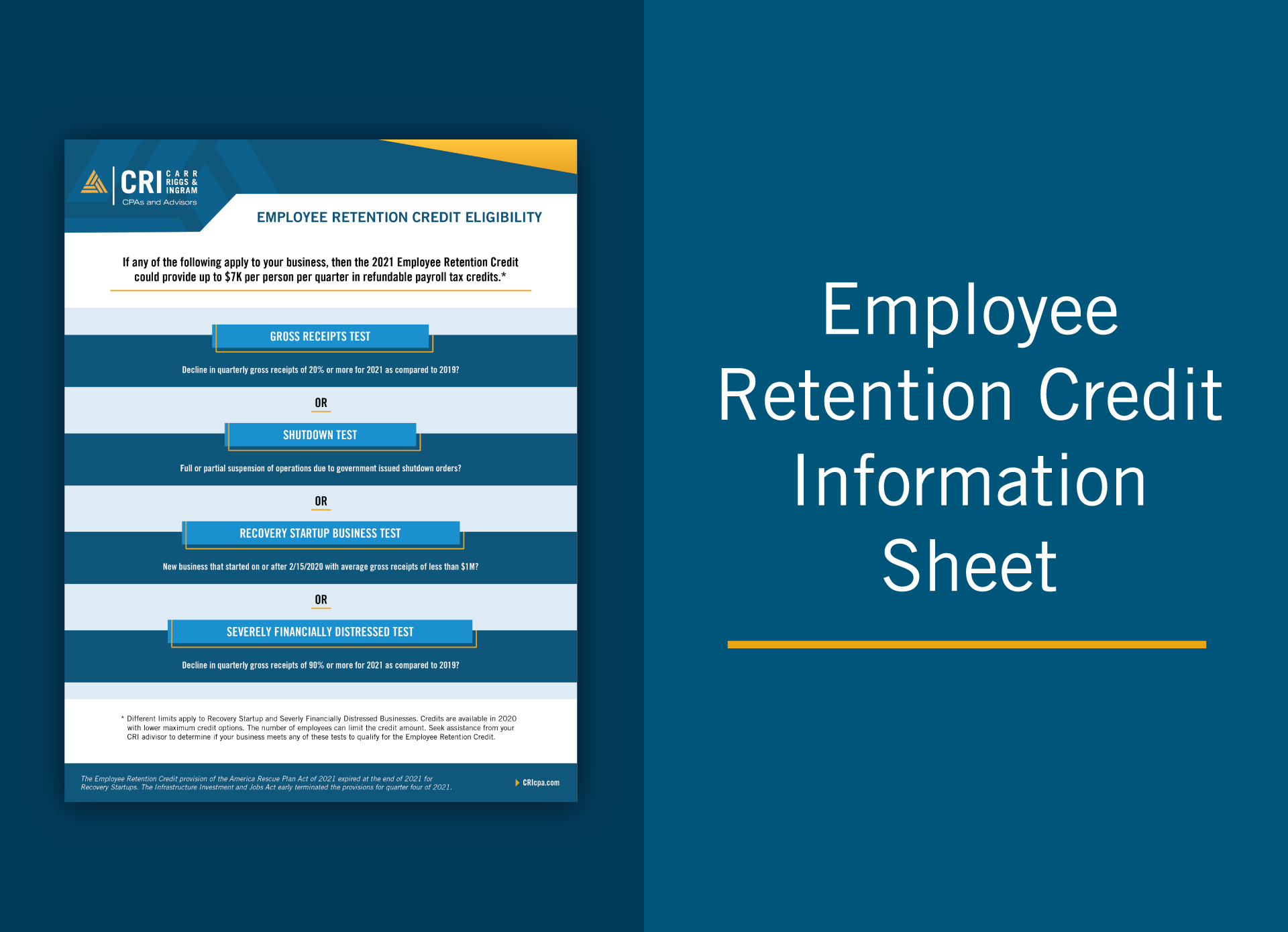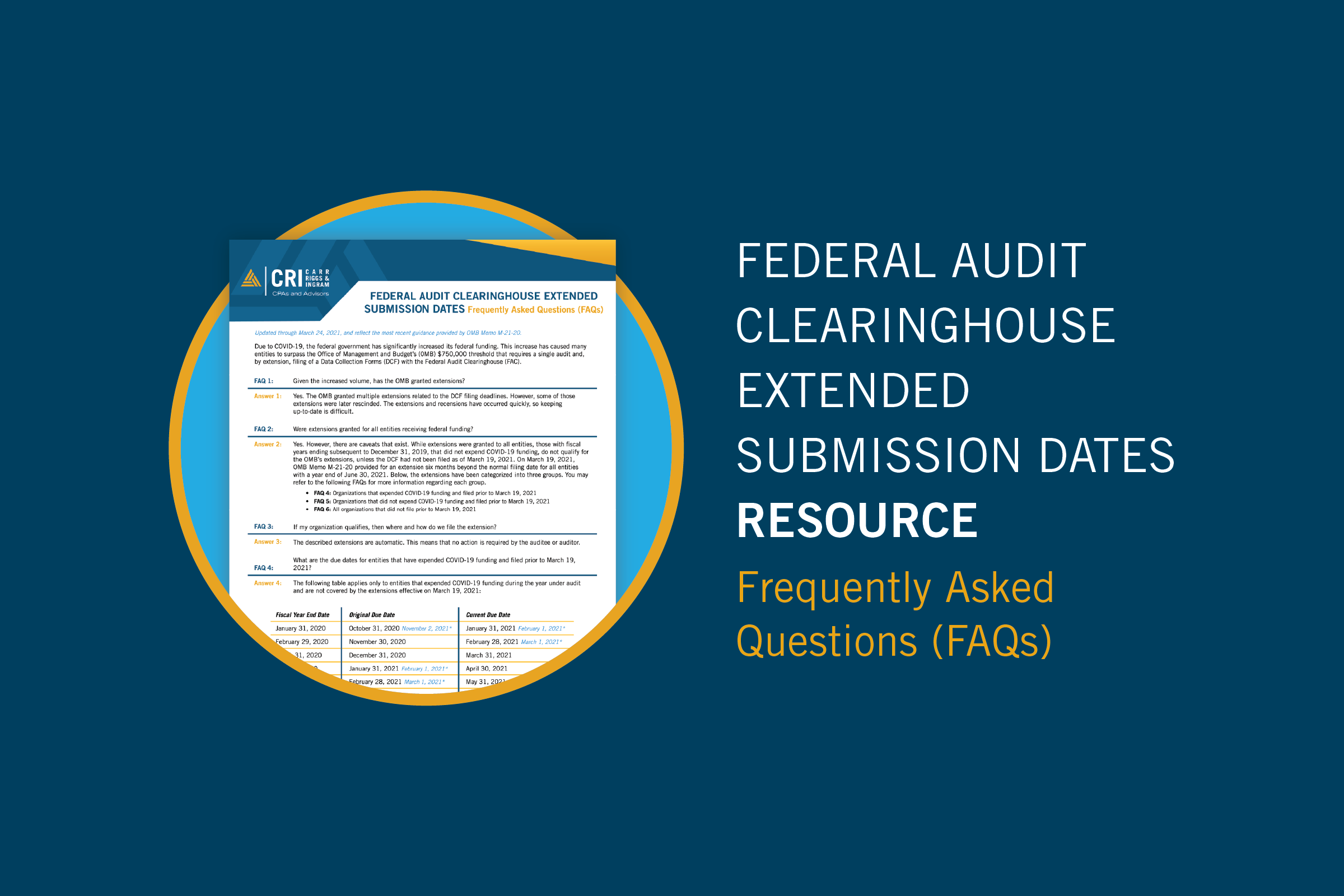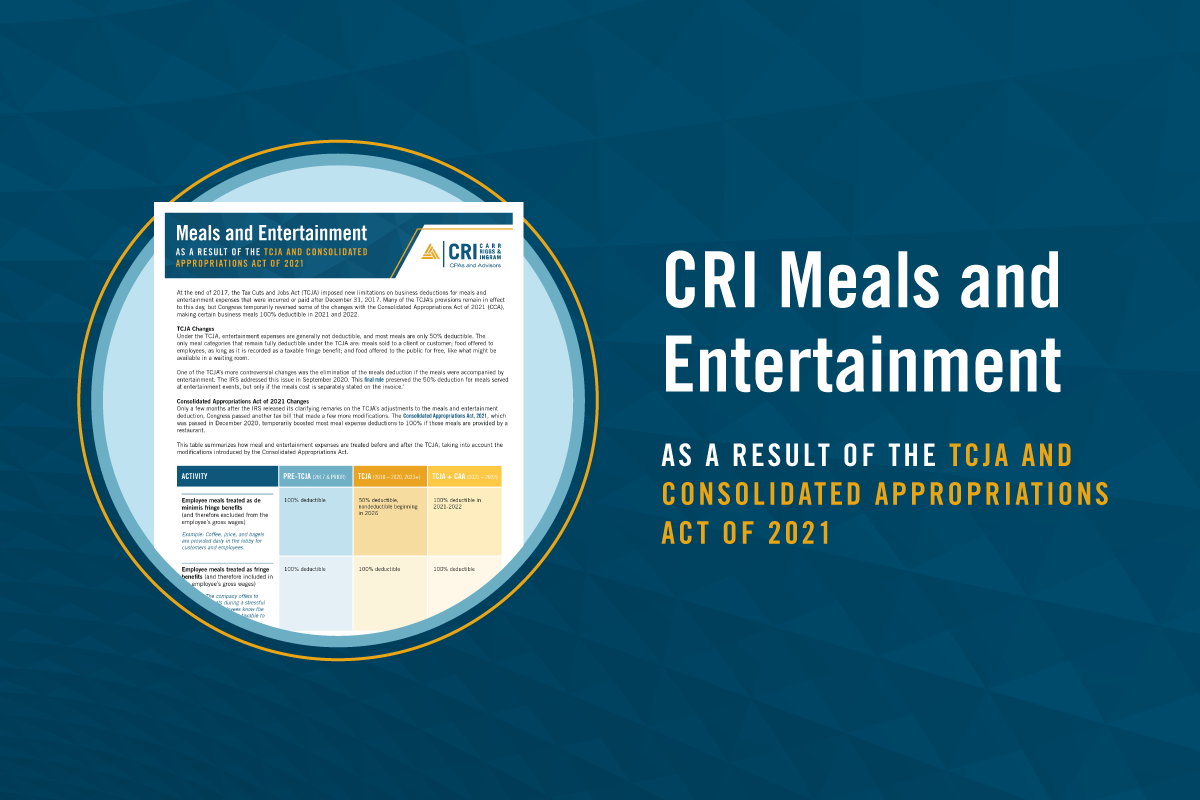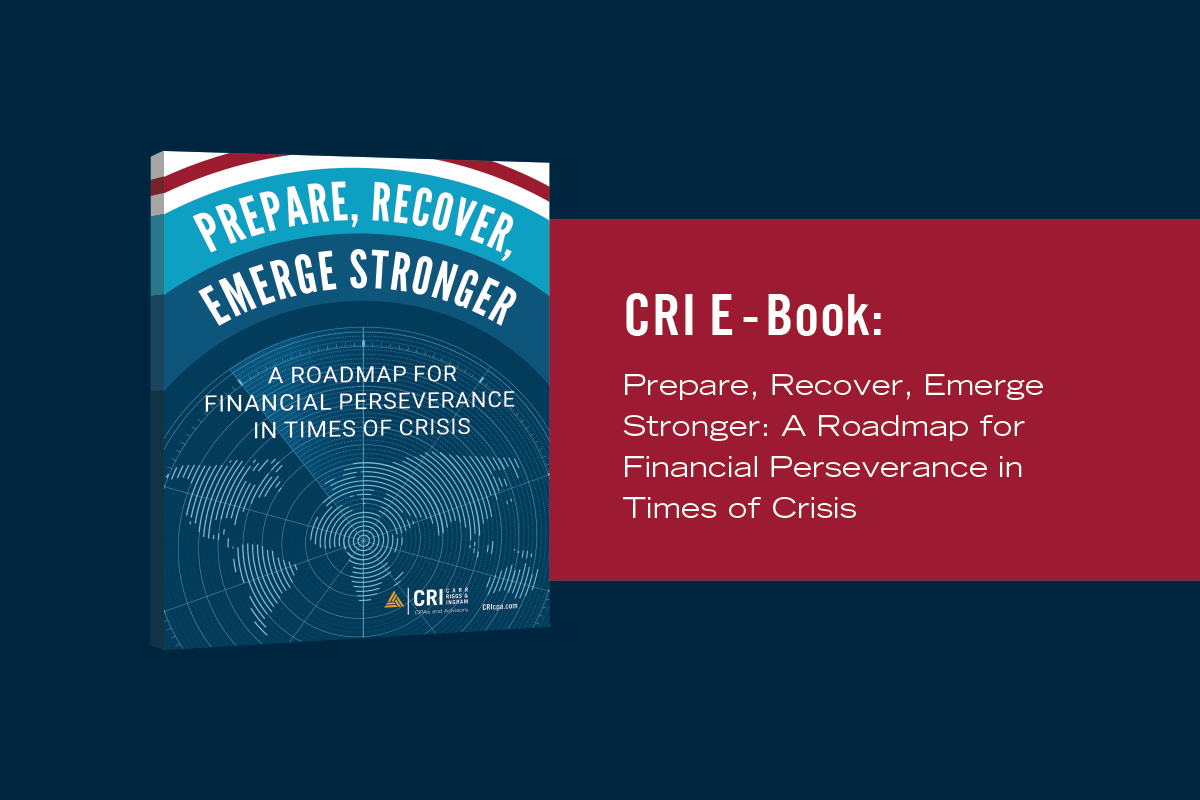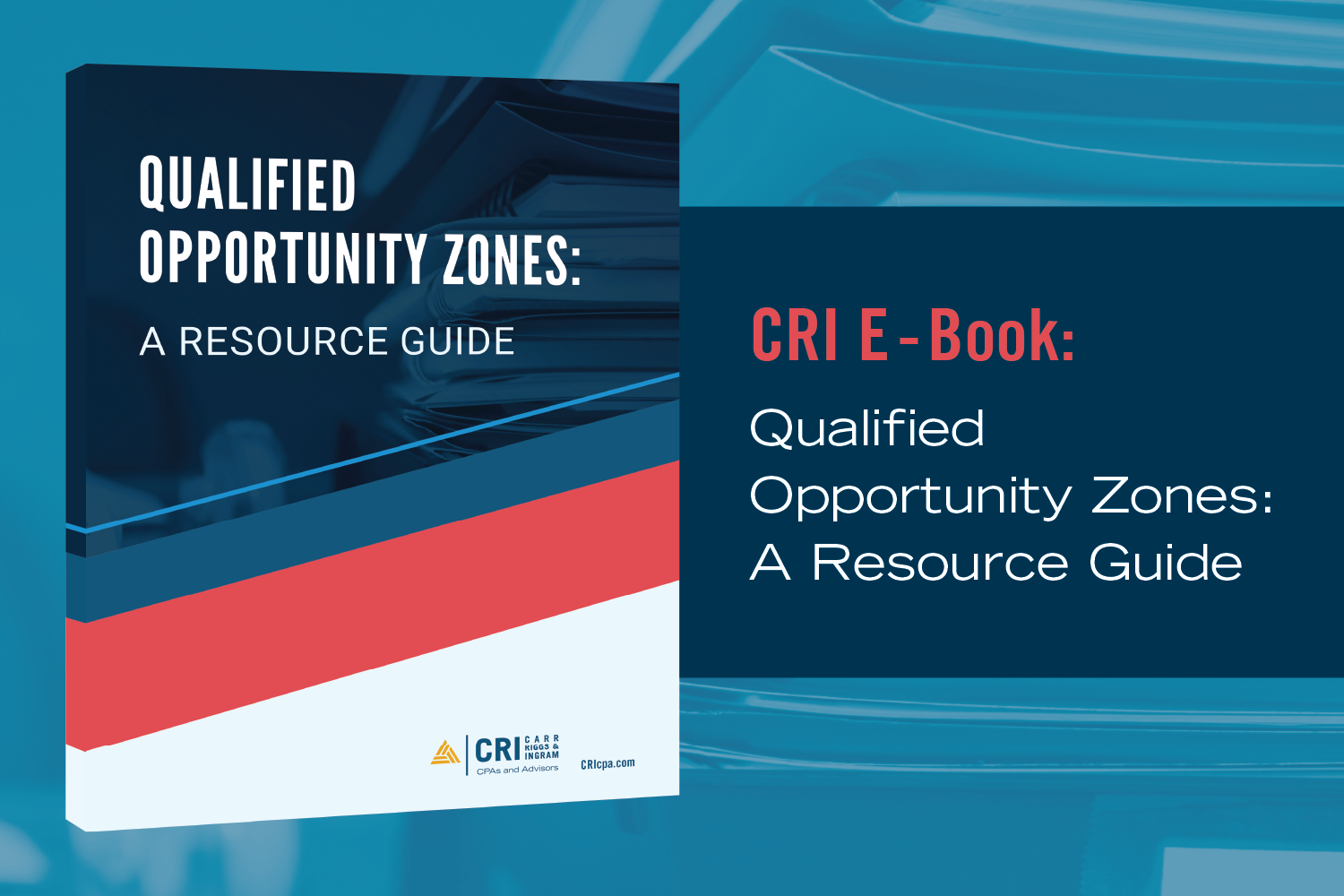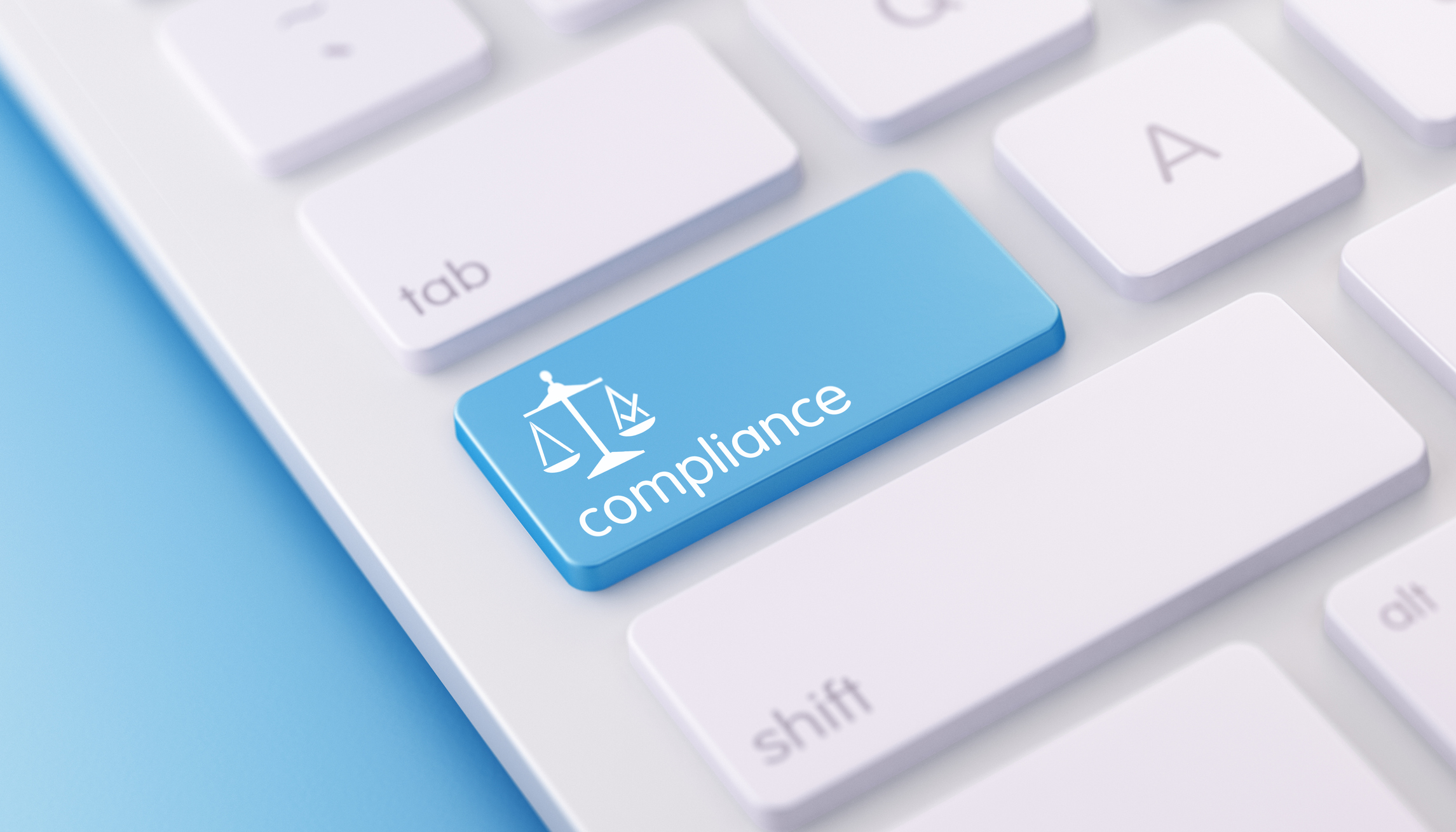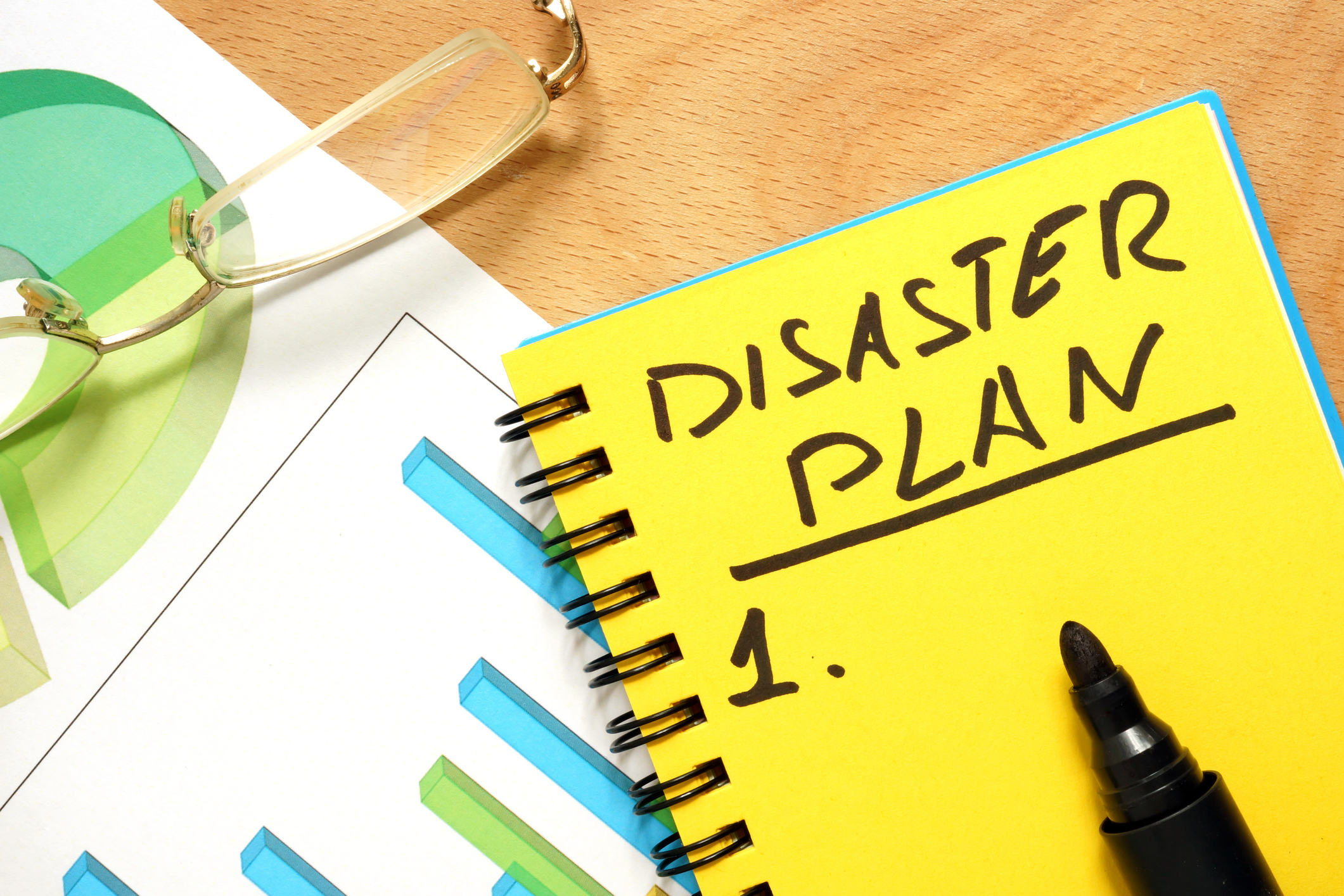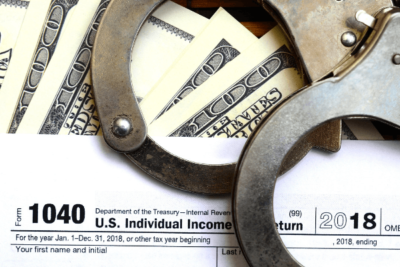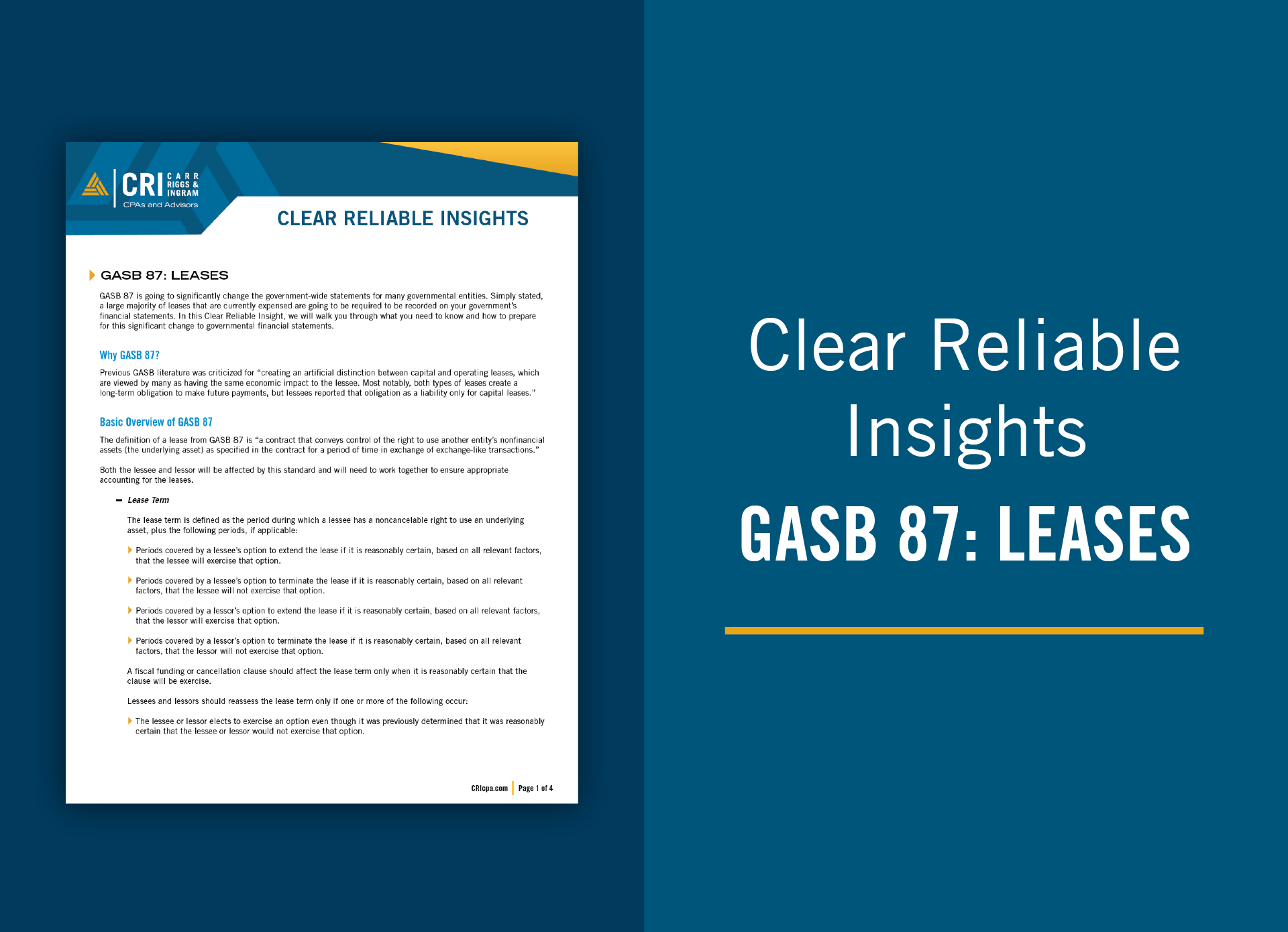Business Interruption Losses: Making an Insurance Claim
Mar 25, 2020
The Coronavirus (COVID-19) pandemic has had a devastating impact on people, communities, and businesses worldwide. Virtually every business has been affected, and losses continue to mount daily due to both government and self-imposed restrictions. This inability of businesses to operate as usual can create what is known as business interruption losses. These losses consist of both current and future lost business income from the necessary suspension or reduction of business operations caused by an event that damages business property or restricts or limits access to it.
Businesses generally attempt to mitigate or limit these types of losses through insurance coverage. The extent or limits of coverage will vary with the business policy. Frequently, the terms and conditions of a business interruption policy do not explicitly define what may constitute a loss or how that loss is calculated. Even though coverage maybe not be assured, if a policy exists, a business owner should contact the carrier and initiate a claim. There are filing time requirements, so prompt notification to carriers is essential.
By notifying your insurance carriers, you begin the claims process. When this occurs, specific documentation is required to support the claim. This documentation will include the following.
- Income tax returns for the last two to three years
- Monthly profit and loss statements for the last two to three years
- Current monthly profit and loss statements
- Monthly profit and loss statements throughout the business interruption
- Monthly payroll records for the last two to three years and throughout the business interruption
- Other supporting documentation for losses not reflected on profit and loss statements or delayed losses
It is important to layout the business interruption losses and the type of losses at the initial stage of the claim. Laying these losses out include documenting the effect of the loss on your business other than just lost profits. For example, hotels, vacation rentals, and travel agencies are not only losing current revenue and profit, but they may also experience cancellations of future stays. For medical practices, it may also affect the collectability of their receivables.
You should also document and inform the insurance carrier of any unusual historical events that would cause an inaccurate portrayal of your losses.
These events could be renovations, previous losses (i.e., hurricanes, fires, or floods). Data from third parties may also help document these types of unusual events and support your claim for higher losses.
Your CPA can help gather data and complete insurance forms—he or she will be critical in the calculation of your business’ interruption loss. Insurance claims are based on these calculations. Your CPA can also interpret the results of your financial information and demonstrate your losses using tried and proven formulas and models to arrive at an accurate loss amount to present to your insurance carrier.
If you’ve experienced a business loss due to the COVID-19 pandemic, reach out to a CRI advisor to jumpstart the process and create a plan for filing a claim.

